|
Find out about 5 core character roles within a novel, and how the purpose they serve ensures the story stays focused.
|
|
‘And you will have no hesitation in doing what has to be done? You have no doubts?’ (At Risk, Stella Rimington, p. 187)
‘And where’s he getting the money from? You know the situation as well as I do. He isn’t on leave of absence from a university.’ (The Dream Archipelago, Christopher Priest, p. 227) “But your way makes more sense. So you think Maura was working with Rex?” “I do.” “Doesn’t mean she didn’t set Rex up.” “Right.” “But if she wasn’t involved in the murder, where is she now?” (Don’t Let Go, Harlan Coben, p. 76) |
Shortening narrative distance
Dialogue gives us the character’s speech; narrative gives us the character’s experience. When that’s a first-person narrative, it’s easy to feel close to the narrator. With a third-person narration, the reader can feel separated from the character, as if they’re on the outside looking in.
Authors who want to reduce that space between the reader and the character – called narrative distance or psychic distance – can experiment with a narration style that sounds like natural speech even though it’s not dialogue.
Here’s a lovely example from Blake Crouch’s Recursion (p. 182).
|
There's a part of him that wants to run down there, charge through, and shoot every fucking person he sees inside that hotel, ending with the man who put him in the chair. Meghan’s brain broke because of him. She is dead because of him. Hotel Memory needs to end.
But that would most likely only get him killed. No, he'll call Gwen instead, propose an off-the-books, under-the-radar op with a handful of SWAT colleagues. If she insists, he'll take an affidavit to a judge. |
Notice how the narration style is third person, though it doesn’t feel like it. Instead, we’re right inside the viewpoint character’s head.
The position of the conjunction in this example isn’t the sole reason why the narrative distance feels short – the free indirect speech above and beneath plays a huge part – but it certainly helps to give us a sense of the character’s mentally working out a problem.
Introducing tension and suspense
Take a look at this excerpt from p. 21 of The Matlock Paper by Robert Ludlum.
|
Matlock walked to the small, rectangular window with the wire-enclosed glass. The police station was at the south end of the town of Carlyle, about a half a mile from the campus, the section of town considered industrialized. Still, there were trees along the streets. Carlyle was a very clean town, a neat town. The trees by the station house were pruned and shaped.
And Carlyle was also something else. |
With that one word – the conjunction – Ludlum stops us in our tracks. Yes, we’re thinking, the town’s neat, it’s clean. All well and good. But then we realize that there’s more to it, for beneath the pruned trees lies a dark underbelly.
The ‘And’, positioned right up front, forces us to pay attention to it. It’s not any old conjunction. Rather, it’s loaded with suspense that drives the reader to ask a question that isn’t explicitly answered: What else is that ‘something’?
Adding drama and modifying rhythm
In this excerpt from Parting Shot (p. 433), the author uses the conjunction at the beginning of the sentence to inject drama into a scene.
The new line makes the rhythm of the prose more staccato, but the ‘And’ at the beginning of the final line is what really packs a punch.
The viewpoint character, Cory, is a killer. He ponders almost matter-of-factly who the threats are, and reaches his conclusion as he closes in on the cabin.
|
Dolly Guntner certainly wasn't in a position to say anything bad about him.
Which left Carol Beakman. Carol had seen him. And while she didn't actually see him kill Dolly, if the police ever spoke with her, she'd be able to tell them it couldn't have been anyone else but him. As far as Cory could figure, the only living witness to his crimes was Carol Beakman. He was nearly back to the cabin. It seemed clear what he had to do. And he'd have to do it fast. |
If Linwood Barclay had omitted the conjunction, he’d have introduced a separation between two ideas: realizing what needs to be done, and when the killer is going to do it. Yet these two ideas are very much connected. The ‘And’ therefore fulfils its purpose as a conjunction – a joining word.
But there’s more. If he’d run the two ideas together with a conjunction between (‘It seemed clear what he had to do, and he'd have to do it fast.’), the line would have lost its wallop. The staccato rhythm (one that mirrors the cold calculation taking place in Cory’s head) is gone. Instead, the prose has flatlined; it seems almost mundane, like a stroll in the park rather than the planning of a murder.
However, the ‘And’ reinforces this extra information – the deed must be done fast. The emphasis adds drama to the line. The final line is still connected to the clause it’s related to, but the mood-rich rhythm, and the drama that comes with it, is intact.
Emphasizing the unexpected
An up-front ‘But’ is perfect for the author who want to emphasize the unexpected, surprise or absurdity. Take a look at this excerpt from Terry Pratchett’s Dodger (p. 170).
It’s true that omitting the ‘But’ would leave the meaning intact. However, adding the conjunction reinforces the Dodger’s emotional response to the boy’s suggestion – he’s taken by surprise because in times past, asking a peeler was exactly what he’d have done, without question, without fear.
And so that ‘But’ does more than act as a conjunction. With just three letters, we’re shown character mood.
Making contrast explicit and suspenseful
David Rosenfelt’s New Tricks (p. 92) includes a smashing example how the conjunction at the beginning of the sentence reinforces a contrast with what’s gone before.
|
I won't be able to place this in any kind of context until I go through everything Sam has brought, though he says he didn't see a reply to Jacoby's questions. Certainly the fact that a man who was soon to be a murder victim experimenting in any way with his own DNA is at least curious, and something for me to look into carefully if I stay on the case.
But a nurse comes in and asks me to quickly come to Laurie's room, so right now everything else is going to have to wait. |
That contrast is explicit because the ‘But’ acts as an interrupter. We’re deep in the POV character’s head regarding the murder victim, ruminating with our protagonist. The conjunction then shoves us out of that rumination. It’s not gentle; the ‘But’ is a big one – something’s up with Laurie.
Not that we know what. Rosenfelt doesn’t tell us yet. Instead, he makes us ask the question: Why? And with that question, just as with the Ludlum example above, we have suspense.
Summing up
Feel free to pepper your prose with sentences that begin with ‘And’ and ‘But’. Anyone who tells you you’re on shaky ground grammatically knows less about grammar than you do!
It’s likely that the myth around positioning these conjunctions came about in a bid to nudge people away from stringing together clauses and sentences with no thought to creativity. And while such an intention makes sense, we have to recognize that imposing this zombie rule on writing can actually destroy the magic of prose.
And on that note, I will sign off! (See what I did there?)
More fiction editing guidance
- 3 reasons to use free indirect speech
- Author resources library: Booklets, videos, podcasts and articles for authors
- Commas, conjunctions and rhythm
- Coordinating conjunctions
- Editing Fiction at Sentence Level: My flagship line-editing book
- How to write suspenseful chapter endings
- Rules versus preferences
- Sentence length, pace and tension
- Switching to Fiction: Course for new fiction editors
- Transform Your Fiction guides: My fiction editing series for editors and authors
Cited sources
- At Risk, Stella Rimington, Arrow Books, 2004
- Don’t Let Go, Harlan Coben, Arrow Books, 2017
- Dodger, Terry Pratchett, Corgi, 2012
- Recursion, Blake Crouch, Pan Macmillan, 2019
- The Matlock Paper, Robert Ludlum, Orion, 2010
- The Dream Archipelago, Christopher Priest, Gollancz, 2009
- Parting Shot, Linwood Barclay, Orion, 2017
- New Tricks, David Rosenfelt, Grand Central Publishing, 2009
She is an Advanced Professional Member of the Chartered Institute of Editing and Proofreading (CIEP), a member of ACES, a Partner Member of The Alliance of Independent Authors (ALLi), and co-hosts The Editing Podcast.
Visit her business website at Louise Harnby | Fiction Editor & Proofreader, say hello on Twitter at @LouiseHarnby, connect via Facebook and LinkedIn, and check out her books and courses.
Common examples are:
- there are/is/was/were
- it is/was
Take a look at the following pair. The first sentence is introduced by an expletive.
- There was a car parked outside the house.
- A car was parked outside the house.
When used well, expletives are enrichment tools that allow an author to play with a narrative voice’s register and the rhythm of sentences.
When prose is overloaded with them, it can feel cluttered with filler words that add nothing but ink on the page. At best, they widen the narrative distance between the reader and the POV character; at worst, they flatten a sentence and destroy suspense and tension.
Too much telling of what there is or was can rip the immediacy from a scene and encourage skimming. That’s a problem – it means the reader isn’t engaged and risks missing something.
Furthermore, if they’re not performing their rhythmic or emphasis role, expletives make sentence navigation more difficult because all they're doing is cluttering the prose.
Here's an example. Think I've overworked it? There are published books from mainstream presses with passages just like this made-up one.
It was a tiny room. There was a light switch with rust-coloured smudged fingermarks on the melamine surface. Was that blood? There was a noise coming from beyond on the back wall. It was a high-pitched whimper. Then there was silence. She held her breath and tiptoed forward.
Suddenly there was a scream.
The problem with the expletives in the passage above is that readers are bogged down in what there was rather than the viewpoint character's experience of discovery. Let's revise it to fix the problem.
The room was tiny. Rust-coloured fingermarks smudged the melamine surface of the light switch. Blood maybe. A noise came from beyond a door on the back wall. A high-pitched whimper. Then nothing. She held her breath and tiptoed forward.
A scream shattered the silence.
Notice how the narrative distance has been reduced in the revised passage. Now it's as if we're in the viewpoint character's head, moving with her second by second. We can focus on the room, the dried-blood fingermarks, the whimper, and the scream rather than the being of those things – their was-ness.
Removing the expletives and swapping in stronger verbs (smudged, shattered) enables us to tighten up the prose and introduce immediacy. And now there's no need for the told 'suddenly' – we experience the suddenness through the in-the-moment shattering.
As is always the case, obliterating expletives from a novel would be inappropriate because sometimes they're the perfect tool to help out with rhythm and emphasis.
The opening paragraph of Charles Dickens’s A Tale of Two Cities (p. 1) uses expletives galore, and masterfully at that. The repetition (anaphora) brings a steady rhythm to the passage that ensures the reader gives equal weight to the contrasting extremes – from best and worst to hope and despair.
The expletives introduce a detached sense of reportage that forces us forward rather than allowing us to dwell on any of the heavens or hells on offer. It’s simultaneously mundane and monstrous, and that's why it's magical.
And here’s an example from Dog Tags (p. 1) where omission of the expletive would rip the energy from the opening first line of the chapter and interfere with our understanding of which words we’re supposed to emphasize.
That was the USA Today headline on a piece that ran about me a couple of months ago.
Summing up
Grammatical expletives are a normal part of language and have every right to be in a novel. Overloading can destroy tension and make for a laboured narrative, but a purposeful peppering can amplify character emotion, moderate rhythm, and make space for the introduction of big themes in small spaces without sensory clutter.
Cited works and further reading
- Author resource library (includes links to free webinars)
- A Tale of Two Cities, Charles Dickens, W. W. Norton & Company; Critical edition, 2020
- Dog Tags, David Rosenfelt, Grand Central Publishing, Reprint edition, 2011
- Editing Fiction at Sentence Level: A Guide for Beginner and Developing Writers
- Making Sense of Punctuation: Transform Your Fiction 2
- ‘Playing with sentence length in crime fiction. Is it time to trim the fat?’
- ‘Playing with the rhythm of fiction: commas and conjunctions’
- 'Should I use a comma before coordinating conjunctions and independent clauses in fiction?'
- ‘What is anaphora and how can you use it in fiction writing?’
- 'Why "suddenly" can spoil your crime fiction'
She is an Advanced Professional Member of the Chartered Institute of Editing and Proofreading (CIEP), a member of ACES, a Partner Member of The Alliance of Independent Authors (ALLi), and co-hosts The Editing Podcast.
Visit her business website at Louise Harnby | Fiction Editor & Proofreader, say hello on Twitter at @LouiseHarnby, connect via Facebook and LinkedIn, and check out her books and courses.
Point of view (POV) describes whose head we’re in when we read a book ... from whose perspective we discover what’s going on – and the smells, sounds, sights and emotions involved.
Third-person omniscient POV
This viewpoint is probably the trickiest to master. Omniscient means all-knowing. It’s the most flexible because it gives the reader potential access to every character’s external and internal experiences. It also has the potential to be the least intimate if not handled well.
Imagine a futuristic news helicopter. Inside, our roving reporter shifts her camera from one person to another, and one setting to another. She’s also got some serious kit, stuff that enables her to tap everyone’s phones, TVs and computers. But that’s not all; the characters’ brains are bugged too; our reporter knows what they’re thinking. She can see, hear and smell it all! Says Sophie Playle:
Examples: Deeper knowledge than third-person narration
If you’ve read anything by Neil Gaiman, you’ll see a blatant external narrator in evidence with a depth of knowledge that defies the rules of a third-person viewpoint. Here’s an example from Neverwhere (p. 10).
|
He continued, slowly, by a process of osmosis and white knowledge (which is like white noise, only more informative), to comprehend the city, a process which accelerated when he realized that the actual City of London itself was no bigger than a square mile [...]
Two thousand years before, London had been a little Celtic village on the north shore of the Thames which the Romans had encountered and settled in. London had grown, slowly, until, roughly a thousand years later, it met the tiny Royal City of Westminster [...] London grew into something huge and contradictory. It was a good place, and a fine city, but there is a price to be paid for all good places, and a price that all good places have to pay. After a while, Richard found himself taking London for granted. |
The first ten words might appear to be a third-person viewpoint (‘He’ refers to Richard, the protagonist), but that’s not the case. What follows is a distinct narrative other, a voice that explains ‘white knowledge’.
In the second and third paragraphs, the all-knowing narrator offers historical information. Then in the final paragraph, we’re told more about Richard. The viewpoint was never third-person objective. It was omniscient all along.
In Cormac McCarthy’s The Road, ‘the man’ takes centre stage in most of the sections such that we see what he sees and feel what he feels. It’s almost as if he’s the narrator, and once more we could be forgiven for thinking the viewpoint third person. But there’s more going on here.
In the following extracts, notice the shift beyond what it’s possible for the man to see, think or know.
|
He woke in the morning and turned over in the blanket and looked down the road through the trees the way they’d come in time to see the marchers four abreast. Dressed in clothing of every description, all wearing red scarves at their necks. Red or orange, as close to red as they could find. He put his hand on the boy’s head. Shh, he said. (pp. 95–6)
He wallowed into the ground and lay watching across his forearm. An army in tennis shoes, tramping. Carrying three-foot lengths of pipe with leather wrappings. [...] The phalanx following carried spears or lances tasselled with ribbons, the long blades hammered out of trucksprings in some crude forge upcountry. The boy lay with his face in his arms, terrified. (p. 96) |
In the first extract, only an all-knowing alternative narrator could be privy to the intent behind the marchers’ colour choice of scarves. In the second, the man watches the army, but it’s only an omniscient narrator who can know where their blades were forged and how the boy is feeling. Maybe that narrator is McCarthy; maybe it’s someone else. But it’s not the man.
Example: World-building backstory in a flash
Some genres – science fiction and fantasy for example – lend themselves well to omniscient narrators because they can provide critical world-building backstory quickly. Terry Pratchett’s Wyrd Sisters provides a fine example (pp. 1–2).
|
Through the fathomless deeps of space swims the star turtle Great A’Tuin, bearing on its back the four giant elephants who carry on their shoulders the mass of the Discworld. A tiny sun and moon spin around them, on a complicated orbit to induce seasons, so probably nowhere else in the multiverse is it sometimes necessary for an elephant to cock a leg to allow the sun to go past.
Exactly why this should be may never be known. Possibly, the Creator of the universe got bored with all the usual business of axial inclination, albedos and rotational velocities, and decided to have a bit of fun for once. |
What omniscient is not
An omniscient viewpoint can be powerful but it needs to be controlled and used with purpose. If we’re accessing one character’s thoughts and experiences, and we jump to another character’s viewpoint, it can jar the reader. That's called head-hopping.
Imagine you’re listening to your best friend tell you about a difficult experience. Even though it didn’t happen to you, her description of the event helps you to imagine the challenges she faced, the emotions she grappled with. You’re thoroughly immersed and emotionally connected.
Then someone else barges up to you both and tells you what it was like for them. Your friend butts back in to wrestle the telling back to her.
Would the interruption annoy and frustrate you? Would you feel like your efforts to invest in your friend’s story were being thwarted?
The impact is the same when it occurs in a book’s narrative (though not the dialogue, of course). That viewpoint ping pong is not omniscient POV. It’s third-person limited gone awry.
Recommendation
I recommend caution. The beauty of fiction often lies in the unveiling, in the immersion. Overuse of an omniscient narrator can block this.
The all-seeing eye can be a powerful tool – as demonstrated by the examples above – but less experienced authors, particularly those writing commercial fiction such as thrillers and mysteries, risk accidental head-hopping, which will destroy the tension and distance the reader from the characters.
Cited sources and related reading
- Editing Fiction at Sentence Level, Louise Harnby, Panx Press, 2020
- Making Sense of Point of View (Transform Your Fiction series: 1), Louise Harnby, Panx Press, 2020
- Neverwhere, Neil Gaiman, William Morrow Paperbacks, reprint edition, 2016
- Resources for authors: Library of articles, podcasts, videos and booklets for independent writers
- The Road, Cormac McCarthy, Picador, 2009
- 'What’s the Difference Between Omniscient and Third Person Narration?' Sophie Playle, Liminal Pages
- 'What is head-hopping?'
- Wyrd Sisters, Terry Pratchett, Harper, reprint edition, 2013
She is an Advanced Professional Member of the Chartered Institute of Editing and Proofreading (CIEP), a member of ACES, a Partner Member of The Alliance of Independent Authors (ALLi), and co-hosts The Editing Podcast.
Visit her business website at Louise Harnby | Fiction Editor & Proofreader, say hello on Twitter at @LouiseHarnby, connect via Facebook and LinkedIn, and check out her books and courses.
Dialogue tags, or speech tags, are complementary short phrases that tell the reader who’s talking. They’re not always necessary, particularly if there are only two speakers in a scene, but when they are used, this is what they look like:
- ‘Dump that corpse and don’t ever mention it again,’ the hooded guy whispered.
- “Thanks for holding the gun,” Tom said. “Now pull the trigger.”
- Marg turned. Smirked. Said, ‘Tomorrow. If you’re late, he’s late. Geddit?’
Said is often best because readers are so used to seeing it that it’s pretty much invisible and therefore less interruptive.
What’s the rule about where tags go?
Dialogue tags can be placed after, between or before dialogue. Authors sometimes ask which position is best or whether there’s a rule.
There is no rule. All three positions have advantages and disadvantages, depending on what you want to achieve.
Position: After dialogue
Readers are so used to seeing speech tags like said at the end of dialogue that they’re almost invisible. That allows the dialogue, rather than the speaking of the dialogue, to be the focus.
Below is a wee example from Recursion (p. 292). The speech takes centre stage; the doing of speech (screaming, in this case) comes afterwards.
Furthermore, when the tag comes after the dialogue, it can roll seamlessly into any supporting narrative, as shown in the example from The Ghost Fields (p. 194).
|
“Come on!” he screams.
‘It’s very … evocative,’ says Ruth. This is true. The brushwork may be crude, the planes out of perspective and the figures barely more than stick men, but there’s something about the work of the unknown airman that brings back the past more effectively than any documentary or reconstruction. |
There are a couple of potential disadvantages:
- In longer chunks of dialogue in scenes with more than two speakers, the reader will have to wait until the end of the speech to find out who’s saying what.
- Placement at the end of speech can flatten a one-liner or suspense point in dialogue.
Position: Between dialogue
Placing speech tags between dialogue is also common and unlikely to jar the reader. Here are three reasons why it works:
- The tag breaks up longer streams of dialogue, which is especially handy if a monologue’s rearing its head.
- We’re given an early indication who’s speaking. If there are more than two speakers in a scene, and the reader’s likely to be confused, placement between the speech is an effective solution.
- One-liners, suspense points and shocks get to take centre stage. Adding the speech tag at the end could flatten the tension.
Here are two examples in which the mid placement of the tag means the suspense isn't interfered with. The first is taken from The Ghost Fields (p. 194); the second is something I made up.
In the second example, rejig the sentence so that Tom said comes after all the speech, and notice how this makes the wallop vanish from the line about pulling the trigger.
Position: Before dialogue
Placement of the tag before the dialogue isn’t a no-no but it is a less common option and more noticeable.
A tag tells of speaking; dialogue shows character voice, mood and intention. When the speaker’s announced first, it’s a tap on the shoulder that draws attention to speaking being done. It expands what author and creative-writing expert Emma Darwin calls the ‘psychic distance’ between the reader and the speaker, which can flatten the mood.
And, yet, this can also be its advantage. That tap introduces a more staccato rhythm that can stop a reader in their tracks.
In this extract from Recursion (p. 292), the placement of the tag before the dialogue induces an acute sense of resignation – that dull thump in the pit of one’s stomach when the proverbial’s hit the fan.
Not placing tags: Omission
There’s no need to include a speech tag if it’s adding nothing but clutter. In the following example from Recursion (p. 125), the author has omitted them because there are only two speakers. He lets the dialogue, and its punctuation, inject the voice, mood and intention into the scene rather than telling us who’s speaking and how they’re saying it.
Summing up
Placement of dialogue tags isn’t about rules. It’s about purpose:
- Varying rhythm
- Respecting mood and suspense
- Clarifying who’s speaking
- Avoiding unnecessary clutter
For that reason, mixing up the position of speech tags can be effective.
Let’s end with an extract from Out of Sight (pp. 135–7), which demonstrates the varied ways in which author Elmore Leonard handles his tagging: beginning, between, end, and omission.
|
‘But you think they’re coming back,’ Karen said.
‘Yes, indeed, and we gonna have a surprise party. I want you to take a radio, go down to the lobby and hang out with the folks. You see Foley and this guy Bragg, what do you do?’ ‘Call and tell you.’ ‘And you let them come up. You understand? You don’t try to make the bust yourself.’ Burdon slipping back into his official mode. Karen said, ‘What if they see me?’ ‘You don’t let that happen,’ Burdon said. ‘I want them upstairs.’ |
Cited sources and further reading
- Editing Fiction at Sentence Level, Louise Harnby, Panx Press, 2020
- How to Punctuate Dialogue (free webinar)
- Out of Sight, Elmore Leonard, Weidenfeld & Nicolson, 2017
- Recursion, Blake Crouch, Pan, 2020
- The Ghost Fields, Elly Griffiths, Quercus, 2015
She is an Advanced Professional Member of the Chartered Institute of Editing and Proofreading (CIEP), a member of ACES, a Partner Member of The Alliance of Independent Authors (ALLi), and co-hosts The Editing Podcast.
Visit her business website at Louise Harnby | Fiction Editor & Proofreader, say hello on Twitter at @LouiseHarnby, connect via Facebook and LinkedIn, and check out her books and courses.
Point of view (POV) describes whose head we’re in when we read a book ... from whose perspective we discover what’s going on – and the smells, sounds, sights and emotions involved.
There can be multiple viewpoints in a book, not all of which have to belong to a single character. Plus, editors’ and authors’ opinions differ as to which approach works best, and what jars and why.
My aim is to keep the guidance as straightforward as possible, not because I think you should only do it this way or that way, but because most people (myself included) handle complexity best when they start with the foundations.
Second-person narrative viewpoint
In second-person narrative POVs, the pronoun is ‘you’. This narration is intimate, but strangely so, as if the author is talking directly to the reader as a character.
That intrusive element is both its strength and its weakness. It’s powerful because it places readers at the heart of the story, and yet we – the ‘you’ – know less than the narrator.
That can create a sense of immediacy, but almost amnesiac dislocation. We have to discover what we think, see, know and do. And if we don’t identify with the ‘you’ – if we feel implicated rather than attached – we can be pulled out of the story rather than brought deeper into it.
Still, this controlling aspect of second person can have an advantage. Whereas first-person narrators tell you what they thought and did, second-person narrators tell us what we thought and did.
This witnessing adds a level of reliability (even if we don’t like it). And readers aren’t daft. They know they’re not really the you-character, which means authors could use it as a tool to create surprise when the ‘you’ is unveiled later in the book.
If you want your readers to feel connected but controlled, second-person POV might be just the ticket, but it’s difficult to pull off and rare that authors of contemporary commercial fiction write an entire novel in it (though check out Half Asleep in Frog Pajamas by Tom Robbins if you want to see a good example in action).
More likely, you’ll see shorter-form use: dedicated chapters or other narrative forms such as diary entries, letters or other missives.
In this example from Complicity (p. 9), Iain Banks uses the second-person viewpoint in which a narrator reports on the actions and thoughts of an unnamed serial killer addressed as ‘you’.
|
There is another faint crunching noise as the body spasms once and then goes limp. Blood spreads blackly from his mouth over the collar of his white shirt and starts to drip onto the pale marble of the steps. [...]
You go downstairs and walk through the kitchen, where the two women sit tied to their chairs; you leave via the same window you entered by, walking calmly through the small back garden into the mews where the motorbiked is parked. You hear the first faint, distant screams just as you take the bike’s key from your pocket. You feel suddenly elated. You’re glad you didn’t have to hurt the women. |
Think about how you feel as you read this. It’s as if you’re being addressed, as if you’re complicit. At the very least, the prose arouses curiosity – who is this ‘you’, and how is it that the narrator knows so much about them?
Banks doesn’t present the novel fully in second person; these sections fall between those of a first-person viewpoint character, journalist Cameron Colley. As such, readers are confronted by a juxtaposition of Cameron’s version of events and what was witnessed by the narrator.
Recommendation
By all means, experiment with second-person point of view but understand its implications. If you want to draw your reader into the heart of your story, it’s a good choice. However, that connection can come at a price – a lack of control that could alienate your audience.
For that reason, consider the purpose of this narrative style and the extent to which you employ it. It might be better constrained – limited to chapters inhabited by specific viewpoint characters.
If in doubt, rewrite your scene in an alternative narrative viewpoint so you can evaluate how this affects your perception of the story as a reader.
|
Cited sources and related reading
|
She is an Advanced Professional Member of the Chartered Institute of Editing and Proofreading (CIEP), a member of ACES, a Partner Member of The Alliance of Independent Authors (ALLi), and co-hosts The Editing Podcast.
Visit her business website at Louise Harnby | Fiction Editor & Proofreader, say hello on Twitter at @LouiseHarnby, connect via Facebook and LinkedIn, and check out her books and courses.
When a reader can access the internal experiences (emotions, thoughts, memories) of more than one character in a chapter or section, head-hopping is usually in play.
The exception is if you’re tackling the tricky beast that is omniscient narration. It’s difficult to pull off and rarely used in contemporary commercial fiction.
Here’s an example of what head-hopping looks like on the page. Jack is the viewpoint character and the narration style is third-person limited.
Pete weaves through the grass and slumps into a hollow in the dune. His brother’s whoop, the arc of his arm … just like Dad’s when they played skimming stones. Before the accident. Before the world changed. He shakes the memory from his head. Dwelling on that stuff never ends well.
Jack turns away from the ocean, waves and calls for Pete to come down but the crashing surf swallows his words.
Notice the following:
- Best ever is Jack’s thought. That puts us in his head, which is fine because this is an excerpt from a chapter in which he’s the viewpoint character. But that means we cannot access what’s going on in Pete’s head – how he is remembering his dad and the accident, and the decision to not dwell on those things.
- Look at the physicality too. Jack turns away from the water, which means he was facing it and couldn’t have observed Pete weaving through the grass and slumping into the dune. All he can do is see Pete on the dune after he’s turned.
How to enter a non-viewpoint character’s space without dropping viewpoint
There will be times when you want your reader to enter the emotional and physical space of a non-viewpoint character.
Mastering observable behaviour – showing us what the viewpoint character can see, and their interpretation of that behaviour – is one solution that will enable you to hold viewpoint.
Here’s a recast of the Jack/Pete scene:
He whoops and turns his back to the ocean. Pete’s lumbering gait is unmistakable. He weaves through the grass on the dune and slumps into a hollow, mouth set in a hard line, neck hunched into his shoulders, complexion pasty. But he’s out; the sunlight’s on his face. It’s the first time since a month of whenevers.
Skimming stones was something they did with Dad. Before the accident. Before the world changed. Jack shakes the memory from his head. Dwelling on that stuff never ends well. He waves, calls for his brother to come down but the crashing surf swallows his words.
Notice the following:
- We don’t leave Jack’s head. I’ve given him the memory of their dad and the accident, and the decision to not dwell.
- I’ve changed the order of movement. Jack turns first so he can observe Pete’s journey through the grass and into the hollow of the dune.
- Pete’s mood isn’t told (since we can’t access his inner experience). However, it can be shown through the set of his mouth, the position of his neck and the hue of his skin as Jack perceives it. Furthermore, we can infer that he’s been struggling to deal with the accident through Jack’s relief that he’s at least outside for a change.
Mastering observation enables writers to retain viewpoint but not be restricted by it. Think about how non-viewpoint characters will move in a way that reflects their internal experience, or what they will look like. Here are a few examples:
|
What the non-viewpoint character feels but cannot be told because we’re not in their head
|
What’s visible and audible to the viewpoint character
|
|
Pain
|
They grimace; clutch a part of their body; wince; howl
|
|
Shock
|
They jump back; gasp; stumble; put a hand to their chest
|
|
Nervousness
|
They fidget with a zipper; pick at their nails; shred a beer mat; stutter
|
|
Embarrassment
|
They blush; avoid eye contact; their breathing is shallow; they speak faster than usual
|
|
Nausea
|
Their complexion is tinged a different colour; they gag or retch; their voice is flat
|
If you’re writing in a third-person limited narration style, consider what the viewpoint character already knows, what they can observe in relation to a non-viewpoint character, and what they could infer from those observations. That will determine what they can report.
What they report can still allow readers to access the internal experience of the non-viewpoint character through a back door. And while that report will be biased, it will be immersive.
She is an Advanced Professional Member of the Chartered Institute of Editing and Proofreading (CIEP), a member of ACES, a Partner Member of The Alliance of Independent Authors (ALLi), and co-hosts The Editing Podcast.
Visit her business website at Louise Harnby | Fiction Editor & Proofreader, say hello on Twitter at @LouiseHarnby, connect via Facebook and LinkedIn, and check out her books and courses.
Reflexive pronouns can act as double tells by stating the obvious, and mar pace and tension.
Stating the obvious
- Max grabbed a fistful of dandelion leaves and shoved them into his mouth. Needs garlic, he thought to himself.
- Jenny wondered to herself about the dream – it had been so real, as if she’d had full control. And yet …
When it comes to internal musings, authors can ditch the reflexive pronouns. Thoughts take place inside a person’s head and, by definition, are offered only for the thinker – unless there’s telepathy going on in the novel!
Moderating pace and reducing tension
- Max ducked, rolled himself over the floor and grabbed the Browning. Fired out two shots. Both hit home.
- Ali sprinted down the street and swung herself into the shadows.
These are high-tension scenes. Max is in a shoot-out; Ali’s escaping danger. Every word stretches out the sentence. And as the sentence length loosens, so does the tension.
Look what happens when we remove the pronouns:
- Max ducked, rolled over the floor and grabbed the Browning. Fired out two shots. Both hit home.
- Ali sprinted down the street and swung into the shadows.
The sentences shorten, the pace increases – and so does the tension.
We shouldn’t omit all -self pronouns. There are occasions when a sentence works better with them. Sometimes they’re essential.
Clarity
In some cases, the pronoun is necessary for clarity. The reader can’t be sure of what the verb’s object is without it. In the examples below, removing the pronouns could leave the reader with questions: Ashamed of what? A promise to whom? Stop what? Consider whom an expert?
- Ordinarily, she’d have been ashamed of herself, but there was no guilt – not this time.
- I made a promise to myself never again to lose my rag over something so inconsequential.
- He couldn’t stop himself; it took five minutes to demolish the chocolate egg.
- I consider myself an expert, and no one will convince me otherwise.
Emphasis
The pronoun can be used to emphasize the person being discussed. Omission would leave the sentence grammatically intact but change the mood and pacing. In this case, it’s a judgement call on the author’s part.
- Sarah told me so herself.
- The queen herself told me.
- John hadn’t been the only one having a hard time. I myself had been suffering from anxiety at the time.
Sense
Some sentences don’t make grammatical sense without a reflexive pronoun. Remove them and the writing leaves more than questions: it’s unreadable.
- She had to defend herself from that monster – no two ways about it.
- Cass doused themself in perfume.
- Why shouldn’t he call himself the King of Hearts? Who cares if it sounds daft? Daft is good.
- He dragged himself to the top of the stairs.
At the top of this post, I offered examples of how -self pronouns can reduce tension. There will be occasions when an author wants to do exactly that.
- I was trying to make a new life for myself. That’s all there was to it.
- I was trying to make a new life. That’s all there was to it.
There’s a more staccato feel to the second version above that might jar if the author’s seeking a contemplative mood.
Still, too much self-ing can make even a stress-free scene overly wordy so it’s always worth thinking about whether a leaner version would be more immersive and get the reader from A to B faster.
In the first version of the triplets that follow, the pronouns introduce a chilled-out sense of laissez-faire to the movement. In the second I’ve omitted them. And in the third, I’ve ditched the mundane movement and focused on the essential beat.
- He found himself a chair and sat down.
- He found a chair and sat down.
- He sat down.
- Maxie busied themself with the coffee machine and settled down to read the letter.
- Maxie made a coffee and settled down to read the letter.
- Maxie read the letter.
- She got herself up and called Mel.
- She got up and called Mel.
- She called Mel.
It’s always worth an author spending a little time on thinking about how much micromanagement of a scene is necessary.
Will the reader care about the chair discovery, or that Maxie had a hot drink while they were reading the letter, or that the protagonist was no longer on the sofa when she called Mel?
Perhaps. If that stuff’s central to driving the novel forward, to reflecting mood, to grounding the character in the environment, the pronoun and the stage direction might be necessary. If it’s clutter that can be removed without damaging reader engagement, lean up the scene!
Summing up
Use reflexive pronouns when they’re necessary for clarity, sense and emphasis. Otherwise, consider leaner prose that focuses on what the reader needs to know to move forward in the story.
She is an Advanced Professional Member of the Chartered Institute of Editing and Proofreading (CIEP), a member of ACES, a Partner Member of The Alliance of Independent Authors (ALLi), and co-hosts The Editing Podcast.
Visit her business website at Louise Harnby | Fiction Editor & Proofreader, say hello on Twitter at @LouiseHarnby, connect via Facebook and LinkedIn, and check out her books and courses.
Listen to find out more about:
- Being a Hollywood camera operator ... Jurassic Park, Thelma and Louise, and NYPD Blue
- Getting a publishing contract with a major press
- The Mason Collins series
- When publishers are no longer invested
- Moving to independent publishing
- Clawing back book rights
- Using movie experience to craft a novel's scene
- Beyond writing: what indie publishers need to do
- Challenges and benefits of indie publishing
- Being edited
- Useful organizations
- Writing a series versus standalone novels
- Future projects
Top tips From John
- Build a mailing list
- Offer a free short story or novella
- Develop a series
- Use Facebook ads
- Craft a great website
- Engage with your audience
- Get your business head on
- Invest in appropriate editing
Contact John A. Connell
Subscribe to John's newsletter and get a free book:
- Website: John A Connell: Gripping Thrillers With a Historical Twist
- Email: [email protected]
- Facebook author page
- John's books on Amazon US and UK
Editing bites
- Stephen King (video): Masterclass, University of Massachusetts Lowell, 2012
- Joanna Penn: Video marketing for authors
- Mark Dawson's Self-Publishing Formula
- International Thriller Writers
- Mystery Writers of America
- Mark Dawson's Self-Publishing Formula
Ask us a question
The easiest way to ping us a question is via Facebook Messenger: Visit the podcast's Facebook page and click on the SEND MESSAGE button.
Music credit
‘Vivacity’ Kevin MacLeod (incompetech.com). Licensed under Creative Commons: By Attribution 3.0 License.
She is an Advanced Professional Member of the Chartered Institute of Editing and Proofreading (CIEP), a member of ACES, a Partner Member of The Alliance of Independent Authors (ALLi), and co-hosts The Editing Podcast.
Visit her business website at Louise Harnby | Fiction Editor & Proofreader, say hello on Twitter at @LouiseHarnby, connect via Facebook and LinkedIn, and check out her books and courses.
Listen to find out more about:
- What makes a good military book
- Style guides for editing military books
- Common problems authors face when writing military books
- Fact-checking resources for military writers
Contact Brunella
- Email: [email protected]
- Web: www.themilitaryeditor.com
- Facebook: @themilitaryeditor
- Reserve+ National Guard Magazine
- Military Families Magazine
- My Dad Got Hurt. What Can I Do? Helping Military Children Cope with a Brain-Injured Parent, Brunella Costagliola
Editing bites
- Forensics: The Anatomy of Crime, Val McDermid’s, Wellcome Collection, 2015
- Research tools for crime and thriller writers (blog post)
- Consulting Cops (UK consultancy firm for writers)
- The Art of Firearms in Fiction is a free 45-page primer featuring Steve Allen, a soldier-turned-editor who specializes in military particulars, with additional material from Aden Nichols, an editor and Special Forces veteran.
Music credit
‘Vivacity’ Kevin MacLeod (incompetech.com). Licensed under Creative Commons: By Attribution 3.0 License.
She is an Advanced Professional Member of the Chartered Institute of Editing and Proofreading (CIEP), a member of ACES, a Partner Member of The Alliance of Independent Authors (ALLi), and co-hosts The Editing Podcast.
Visit her business website at Louise Harnby | Fiction Editor & Proofreader, say hello on Twitter at @LouiseHarnby, connect via Facebook and LinkedIn, and check out her books and courses.
Listen to find out more about:
- Does adult fiction need editing?
- Sorting out the language: pornography versus erotica
- Editing in your comfort zone
- Common problems authors struggle with
- Sub-genres and good-fit editing
- Evaluating an author's work
Contact Maya
- Email: [email protected]
- Website: What I Mean To Say
Editing bites
Ask us a question
The easiest way to ping us a question is via Facebook Messenger: Visit the podcast's Facebook page and click on the SEND MESSAGE button.
Music credit
‘Vivacity’ Kevin MacLeod (incompetech.com). Licensed under Creative Commons: By Attribution 3.0 License.
She is an Advanced Professional Member of the Chartered Institute of Editing and Proofreading (CIEP), a member of ACES, a Partner Member of The Alliance of Independent Authors (ALLi), and co-hosts The Editing Podcast.
Visit her business website at Louise Harnby | Fiction Editor & Proofreader, say hello on Twitter at @LouiseHarnby, connect via Facebook and LinkedIn, and check out her books and courses.
Listen to find out more about:
- Fiction versus non-fiction
- The type of editing
- Subject/genre
Editing bites and other resources
- Storycraft: The Complete Guide to Writing Narrative Nonfiction (Chicago Guides to Writing, Editing, and Publishing), Jack Hart
- ‘The Secrets of Story Structure’, KM Weiland
- The Editing Podcast, S1E1: The different levels of editing
- Switching to Fiction (online course for aspiring fiction editors)
- Research tools for crime and thriller writers (blog post)
- Consulting Cops
Music credit
‘Vivacity’ Kevin MacLeod (incompetech.com). Licensed under Creative Commons: By Attribution 3.0 License.
She is an Advanced Professional Member of the Chartered Institute of Editing and Proofreading (CIEP), a member of ACES, a Partner Member of The Alliance of Independent Authors (ALLi), and co-hosts The Editing Podcast.
Visit her business website at Louise Harnby | Fiction Editor & Proofreader, say hello on Twitter at @LouiseHarnby, connect via Facebook and LinkedIn, and check out her books and courses.
Listen to find out more about:
- ALLi blog: Alliance of Independent Authors
- Ann Handley blog
- Articles: The Writer’s Digest
- Articles: Tim Storm, Storm Writing School
- Bacon Editing blog: Claire Bacon
- Bookbaby blog
- Clarity: Lisa Poisso, Editor and Book Coach
- Denise Cowle Editorial Services blog: Denise Cowle
- Helping Writers become Authors: KM Weiland
- Jane Friedman blog
- LibroEditing blog: Liz Dexter
- Liminal Pages blog: Sophie Playle, Fiction Editor
- The Creative Penn blog: Joanna Penn
- The Editor’s Blog: Beth Hill
- The Itch of Writing: Emma Darwin
- The Editing Blog: Louise Harnby, Fiction Editor
- The Radical Copyeditor blog: Alex Kapitan
- The Subversive Copyeditor blog: Carol Saller
Editing bites and other resources
- Cult Pens
- Stein on Writing, by Sol Stein, Non Basic Stock Line, 2007
Music credit
‘Vivacity’ Kevin MacLeod (incompetech.com). Licensed under Creative Commons: By Attribution 3.0 License.
She is an Advanced Professional Member of the Chartered Institute of Editing and Proofreading (CIEP), a member of ACES, a Partner Member of The Alliance of Independent Authors (ALLi), and co-hosts The Editing Podcast.
Visit her business website at Louise Harnby | Fiction Editor & Proofreader, say hello on Twitter at @LouiseHarnby, connect via Facebook and LinkedIn, and check out her books and courses.
Listen to find out more about:
- Story basics: the Plot Accelerator
- Why developmental/structural editing comes after book coaching
- Genre, viewpoint, tense, character motivation and conflict, plot and subplot, and character arc
- Book mapping, and avoiding drinking and thinking!
- Super critiques on steroids: making a story solid
- The dynamics of book coaching
- Most common problems authors face
- Super-critiques
Contacting Lisa Poisso
- Email: [email protected]
- Website
- Blog
- Twitter: @lisapoisso
- Instagram: lisapoisso
- Clarity newsletter
Editing bites and other resources
- Moniack Mhor, Creative Writing Centre, Scotland
- Start writing fiction: Free Open University course
Music credit
‘Vivacity’ Kevin MacLeod (incompetech.com). Licensed under Creative Commons: By Attribution 3.0 License.
She is an Advanced Professional Member of the Chartered Institute of Editing and Proofreading (CIEP), a member of ACES, a Partner Member of The Alliance of Independent Authors (ALLi), and co-hosts The Editing Podcast.
Visit her business website at Louise Harnby | Fiction Editor & Proofreader, say hello on Twitter at @LouiseHarnby, connect via Facebook and LinkedIn, and check out her books and courses.
Listen to find out more about:
- Content DNA - the book
- Developing the book's concept: The shape of you
- Writing the book
- Tackling the editing process
- Cover design and branding
- The benefits of a foreword
- Content marketing, and why it works
- Social media focus and email-list building
- Pricing, marketing and sales
- Creating an audio book
- Finding an audience to use as a springboard for business books
- Building a personal brand that acts as a buffer
- Targeting clients' problems and offering solutions
- What is technical writing?
- Who uses technical writers?
Contacting John Espirian
Editing bites and other resources
- AgentQuery.com
- The Tao of Twitter, by Mark Schaefer
- KNOWN, by Mark Schaefer
- Chartered Institute of Editing and Proofreading (CIEP)
- Col Gray, graphic design and brand design: pixels ink; YouTube
Music credit
‘Vivacity’ Kevin MacLeod (incompetech.com). Licensed under Creative Commons: By Attribution 3.0 License.
She is an Advanced Professional Member of the Chartered Institute of Editing and Proofreading (CIEP), a member of ACES, a Partner Member of The Alliance of Independent Authors (ALLi), and co-hosts The Editing Podcast.
Visit her business website at Louise Harnby | Fiction Editor & Proofreader, say hello on Twitter at @LouiseHarnby, connect via Facebook and LinkedIn, and check out her books and courses.
Listen to find out more about:
- Who are the grammar police?
- Social media and the grammar police
- Pedantry versus professional editing for style, preference and flow
- Writing style: Business, academia, web copy, creative non-fiction, fiction
- Conventions and standards versus rules and errors
- How and when to tell a writer about an error
- Dealing with the grammar police
Editing bites
- Blue Book of Grammar and Punctuation, by Jane Straus
- TextExpander
Music credit
‘Vivacity’ Kevin MacLeod (incompetech.com). Licensed under Creative Commons: By Attribution 3.0 License.
She is an Advanced Professional Member of the Chartered Institute of Editing and Proofreading (CIEP), a member of ACES, a Partner Member of The Alliance of Independent Authors (ALLi), and co-hosts The Editing Podcast.
Visit her business website at Louise Harnby | Fiction Editor & Proofreader, say hello on Twitter at @LouiseHarnby, connect via Facebook and LinkedIn, and check out her books and courses.
Contractions are a normal part of speech. They help us communicate faster and improve the flow of a sentence.
Watch the following videos and listen to the spoken words. They feature people with very different backgrounds, sharing different stories, and in situations that demand varying levels of formality.
- A philosopher presenting a TED Talk about why the universe exists
- A fictional lawyer questioning a witness
- A child reading a poem
- A drug dealer describing his criminal activity
- A reporter’s voiceover on a news programme
- A vicar giving a sermon in a UK church
- A queen broadcasting a message to the nation
The people talking have one thing in common: they use contractions when they speak ... most (though not all) of the time.
That’s why when we want to write natural dialogue – dialogue that flows with the ease of real-life speech – contractions work.
How contractions affect the flow of dialogue
Take a look at this excerpt from No Dominion by Louise Welsh (Kindle edition, John Murray, 2017).
Here’s the contraction-free recast. It reads awkwardly, and leaves us unconvinced that what’s in our mind’s ear bears any relation to what we would have heard had this been real speech. And that means we’re questioning the authenticity of the story rather than immersing ourselves in it.
Contractions and genre
Some authors avoid contractions because of the genre they’re writing in. You’re more likely to see this in historical fiction than contemporary commercial fiction but it’s not strictly genre-specific and is more an issue of authorial style.
Here’s an excerpt from a contemporary psychological mystery, The Wych Elm (Penguin, 2019, p. 71). Tana French uses contractions in the narrative and dialogue. The speech sounds natural; the narrative that frames it is informal.
Compare this with Our Mutual Friend (Wordsworth Editions, 1997, p. 235). Dickens, writing literary fiction in the 1860s, still uses contractions in dialogue, although he avoids them in his more formal but wickedly tart narrative.
|
‘We’ll bring him in,’ says Lady Tippins, sportively waving her green fan. ‘Veneering for ever!’
‘We’ll bring him in!’ says Twemlow. ‘We’ll bring him in!’ say Boots and Brewer. Strictly speaking, it would be hard to show cause why they should not bring him in, Pocket-Breaches having closed its little bargain, and there being no opposition. However, it is agreed that they must ‘work’ to the last, and that, if they did not work, something indefinite would happen. It is likewise agreed they are all so exhausted with the work behind them, and need to be so fortified for the work before them, as to require peculiar strengthening from Veneering’s cellar. |
Now look at Ambrose Parry’s The Way of All Flesh (Canongate Books, 2018). The authors (Parry is the pseudonym used by Chris Brookmyre and Marisa Haetzman) don’t avoid contractions completely but the sparing usage does give the dialogue a more archaic feel. Here’s an excerpt from p. 259.
I doubt anyone would be surprised when I say that the setting is 1847. And so it works. However, if the novel were set in 2019, there’d be a problem. We’d consider those characters unrealistically pompous and the dialogue overblown.
Contractions, pace and voice
The decision to use or avoid contractions is a tool that authors can use to deepen character voice.
Specific contracted forms might enable readers to imagine regional accents, social status and personality traits such as pomposity.
P.G. Wodehouse is a master of dialogue. Bertie Wooster is a wealthy young idler from the 1920s. Jeeves is his savvy valet. The dialogue between the two pops off the page and Wodehouse uses or avoids contractions to make the characters’ voices distinct.
- Jeeves’s speech is often uncontracted. This moderates the pace of the dialogue and helps to render his voice as serious, formal, patient and long-suffering.
- Bertie’s speech is often contracted. This accelerates the dialogue and helps to render his voice as flighty, foolish and careless.
You can see it in action in The Inimitable Jeeves (Kindle version, Aegitus, 2019).
|
‘Mr Little tells me that when he came to the big scene in Only a Factory Girl, his uncle gulped like a stricken bull-pup.’
‘Indeed, sir?’ ‘Where Lord Claude takes the girl in his arms, you know, and says—’ ‘I am familiar with the passage, sir. It is distinctly moving. It was a great favourite of my aunt’s.’ ‘I think we’re on the right track.’ ‘It would seem so, sir.’ ‘In fact, this looks like being another of your successes. I’ve always said, and I always shall say, that for sheer brains, Jeeves, you stand alone. All the other great thinkers of the age are simply in the crowd, watching you go by.’ ‘Thank you very much, sir. I endeavour to give satisfaction.’ |
In Oliver Twist (Wordsworth Classics, 1992, p. 8), Dickens contracts is not (ain’t) and them (’em) to indicate the low social standing of Mrs Mann, who runs a workhouse into which orphaned children are farmed.
|
‘Why, it’s what I’m obliged to keep a little of in the house, to put into the blessed infants’ Daffy, when they ain’t well, Mr Bumble,’ replied Mrs Mann as she opened a corner cupboard, and took down a bottle and glass. ‘I’ll not deceive you, Mr B. It’s gin.’
‘Do you give the children Daffy, Mrs Mann?’ inquired Bumble, following with his eyes the interesting process of mixing. ‘Ah, bless ’em, that I do, dear as it is,’ replied the nurse. ‘I couldn’t see ’em suffer before my very eyes, you know, sir.’ |
Contractions and their impact on stress and tone
You can use or omit contractions in order to force where the stress falls in a sentence.
Compare the following:
- ‘I can’t believe you said that,’ Louise said.
- ‘I cannot believe you said that,’ Louise said.
By not using a contraction in the second example, the stress on ‘cannot’ is harder. The change is subtle but evident. With can’t the mood is one of disbelief tempered with a whining tone; with cannot the disbelief remains but the tone is angry.
Here’s another excerpt from The Way of All Flesh (p. 140). The speaker is a surgeon, Dr Ziegler.
|
‘I believe it is important to provide the best possible care for the patients regardless of the manner in which they got themselves into their present predicament,’ Ziegler continued. ‘Desperate people are often driven to do desperate things. I have known young women to take their own lives because they could not face the consequences of being with child; and some because they could not face their families discovering it.’
|
Parry’s dialogue doesn’t just evoke a historical setting. The style of the speech affects the tone too. The voice is compassionate, the mood stoic. However, the lack of contractions renders the tone precise and careful.
On p. 142, Raven – a medical student turned sleuth – talks with the matron about medical charlatanry:
- ‘Aye, though there is worse,’ said Mrs Stevenson.
Using there is forces the stress on is, and in consequence the tone is resigned. With there’s the stress would have fallen on worse, and we might have assumed a more conspiratorial tone, as if she were about to divulge a secret.
Contractions and narration style
If you’re wondering whether to reserve your contractions for dialogue only, consider who the narrator is.
Let’s revisit Tana French (p. 1). The viewpoint character is a privileged man called Toby, the setting contemporary Dublin. What’s key here is that the narration viewpoint style is first person.
It is Toby who reports the events of the mystery; the narrative voice belongs to him. His narration register is therefore the same as his dialogue register – relaxed, colloquial – and the author, accordingly, retains the contractions in the narrative.
For sections written in third-person limited, the narrative voice would likely mirror the viewpoint character’s style of speaking. However, if you shift to a third-person objective viewpoint, where the distance between the characters and the readers is greater, the narrative might handle contractions differently to dialogue. It's a style choice you'll have to make.
Guidance from Chicago
Still a little nervous? Here’s some sensible advice from The Chicago Manual of Style, section 5.105:
Evaluate the sound
Here are three ways to help you evaluate the effectiveness of contracted or contracted-free dialogue:
1. Read the dialogue aloud: Is it difficult or awkward to say it? Does it sound unnatural to your ear? Do you stumble? Does it feel laboured, like you’re forcing the flow? If so, recast it with contractions. If the revised version is smoother, and the integrity of the setting is retained, go with the contracted forms.
2. Ask someone else to read the dialogue: Objectivity is almost impossible when it comes to our own writing. If the plan is that no one but you will ever read your book, write your dialogue the way you want to write it and leave it at that. If, however, you’re writing for readers too, and want to give them the best experience possible, fresh eyes (and ears) will serve you well.
You could even give your readers two versions of the dialogue sample – one with contractions and one without – and ask them which flows better and reads most naturally.
3. Head for YouTube: Dig out examples of speech by people whose backgrounds, environments and historical settings are similar to those of your characters. Watching characters in action will give you confidence to place on the page what can be heard from the mouths of those on the screen.
Summing up
Whether to use contractions or not in dialogue is a style choice. There are no rules. However, a style choice that renders dialogue stilted and unrealistic is not good dialogue.
She is an Advanced Professional Member of the Chartered Institute of Editing and Proofreading (CIEP), a member of ACES, a Partner Member of The Alliance of Independent Authors (ALLi), and co-hosts The Editing Podcast.
Visit her business website at Louise Harnby | Fiction Editor & Proofreader, say hello on Twitter at @LouiseHarnby, connect via Facebook and LinkedIn, and check out her books and courses.
Here are 10 ideas to help you minimize errors and inconsistencies.
I'm a professional editor and I know that when I don't pass on my blog posts to one of my colleagues there are more likely to be mistakes. It's not that I don't know my craft but that I'm wearing a writer's hat.
Sometimes, getting pro help isn't an option. So what can you do to minimize errors and inconsistencies? Here are 10 tips.
- If you’re a novelist, use my Style Sheet Template
- If you’re a business writer, check out the Chartered Institute of Editing and Proofreading (CIEP) guide Your House Style
2. Use a page-proofs checklist
3. Run PerfectIt
4. Use find-and-replace in Word
5. Set up styles in Word
6. Trade with a colleague
Even if they're not a professional editor, they're wearing the hat of the reader, not the originator, and that means they'll spot things you missed.
7. Tools that locate inconsistent spelling
- TextSTAT: This concordance software generates simple alphabetized word lists that flag up potential problems
- ProperNounAlyse: An excellent macro from editor Paul Beverley that highlights potential inconsistencies in proper-noun usage
8. Run The Bookalyser
9. Run Word’s onboard Check Document tool
Go to the ribbon, click on the Review tab, and select the Check Document button.
10. Read it out loud
Word also has an onboard narration tool that can do the speaking for you. There’s a tutorial here: ‘Hear text read aloud with Narrator’.
She is an Advanced Professional Member of the Chartered Institute of Editing and Proofreading (CIEP), a member of ACES, a Partner Member of The Alliance of Independent Authors (ALLi), and co-hosts The Editing Podcast.
- Get in touch: Louise Harnby | Fiction Editor & Proofreader
- Connect: Twitter at @LouiseHarnby, Facebook and LinkedIn
- Learn: Books and courses
- Discover: Resources for authors and editors
Developmental editing
Developmental editing comes first. This is big-picture work that involves looking at the story as a whole.
You’ll also hear it called structural editing, perhaps even content editing, and the base components always include plot, structure, characterization, pace, viewpoint, narrative style, and tense.
- Plot: This is the sequence of events that take the reader from the beginning to the end.
- Structure: This determines how the plot is organized. Even if B occurred after A, the reader might learn about B before the events of A are unveiled.
- Characterization: This is how characters are represented such that we can make sense of their behavior as we journey with them through the story.
- Pace: Pacing is about the speed at which the story unfolds. Effective pace ensures readers feel neither rushed nor bored. That doesn’t mean the pace remains steady; a story can include sections of fast-paced action and slower cool-downs.
- Viewpoint: In each chapter or section, readers should understand who the narrator is—whose eyes they are seeing through, whose emotions they have access to, whose voice dominates the narrative. It also means understanding the restrictions in play such that head-hopping doesn’t pull the reader out of the story.
- Narrative style: Is the narrative viewpoint conveyed in the first, second or third person? The choice determines a narrative’s style.
- Tense: Is the story told in the present or the past tense? Each has its benefits and limitations.
- There are different types of developmental edits—full-novel edits in which the editor revises (or suggests revisions) that will improve story; critiques or manuscript evaluations that report on the strengths and weaknesses of story; and sensitivity reads that offer specialist reports on the potential misrepresentation and devaluation of marginalized others.
- Different editors handle developmental edits in different ways. One might include an assessment of genre and marketability; another might not. Some editors revise the raw text; others restrict the edit to margin markup. Check what you’re being offered against what you want.
- Developmental editing isn’t about checking spelling, grammar, and punctuation.
Line editing is the next step in the revision process and it is stylistic work.
A strong sentence elevates story; a poorly crafted one can bury it. This level of editing revises for style, sense, and flow.
You might also hear line editing referred to as substantive editing or stylistic editing. Editors will be addressing the following:
- Authenticity of phrasing and word choice in relation to character voice
- Character-trait consistency and unveiling
- Clarity and consistency of viewpoint and narrative style
- Cliché and awkward metaphor
- Dialogue and how it conveys voice, mood, and intention
- Sentence pace and flow, with special attention to repetition and overwriting
- Tenses, and whether they’re effective and consistent
- Told versus shown prose
- There are different types of sentence-level edits—full-novel line edits in which the editor revises (or suggests revisions) that will improve the line work; line critiques that report on the strengths and weaknesses of the line craft; and mini line edits in which the editor revises an agreed section of the novel such that the author can hone their line craft and mimic the edit throughout the rest of the novel.
- Different editors define their sentence-level services differently. Some include technical checking (copyediting) with the stylistic work, while some do the stylistic and technical work in separate passes. Check what you’re being offered against what you want.
- Line-editing stage is not the ideal place to be fixing problems with plot, theme, pace and viewpoint. Fixes are likely to inelegant and invasive.
Copyediting is the technical side of sentence-level work. Editors will be addressing the following:
- Chapter sequencing
- Consistency of proper-noun spelling
- Dialogue tagging and punctuation
- Letter, word, line, and paragraph spacing
- Logic of timeline, environment, and character traits
- Spelling, grammar, syntax, punctuation, hyphenation, and capitalization
- Standard document formatting
- Some editors offer line editing and copyediting together in a single pass. That combined service might be indicated by what it’s called, e.g. ‘line-/copyediting’. However, it might be called just ‘copyediting’ even though it includes stylistic work. Again, check what you’re being offered against what you want.
- Novel copyediting is best done in a single pass. When an editor works on separate chunks of text, inconsistencies are likely to slip through.
- One pass of a sentence-level edit is not enough to ready a novel for publication. Final quality control is necessary.
Proofreading is the last stage of the editing process prior to publication. Every novel, whether it’s being delivered in print or digitally, requires a final quality-control check.
A proofreader looks for literal errors and layout problems that slipped through previous rounds of revision or were introduced at design stage.
Authors preparing for print can ask a proofreader to annotate page proofs. These are almost what a reader would see if they pulled the novel off the shelf. Others ask proofreaders to amend the raw text, either because they’re preparing for epublication or for audiobook narration.
Proofreaders are more than typo hunters. They check for consistency of spelling, punctuation and grammar, but also for layout problems such as (but not limited to) indentation, line spacing, inconsistent chapter drops, missing page numbers, and font and heading styles. The remit is extensive (download a free checklist).
The art of good proofreading lies in knowing when to change and when to leave well enough alone. A good proofreader should understand the impact of their revisions—not only in relation to the knock-on effect on other pages but also to the cost if a third-party designer/formatter is part of the team.
- A proofread is rarely enough, no matter how experienced the writer. It’s the last line of defense, not the only line of defense.
- Be sure to clarify with an editor what you want and which mediums the editor works with. Proofreading designed page proofs requires an additional level of checking that a raw-text review doesn’t. And some editors work only on raw text, some only on PDF, and some only on hard copy.
- Proofreading is about quality control. The proofreader should be polishing the manuscript, not filling in plot holes or trimming purple prose.
Which type of editing do you need?
Authors need to take their books through all the types of editing. That doesn’t mean hiring third party professionals for each stage. Writing groups, self-study courses, how-to books, and self-publishing organizations are all great sources of editorial support.
If you decide to work with a professional, invest in one who can help you where you’re weakest. You might be a great structural self-editor but prone to overwriting. Or you might have nailed line craft but need help with story development.
And pay attention to the order of play when it comes to revision. Fixing plot holes at proofreading stage might damage previous rounds of editing. That’s a waste of time and money that every writer wants to avoid!
She is an Advanced Professional Member of the Chartered Institute of Editing and Proofreading (CIEP), a member of ACES, a Partner Member of The Alliance of Independent Authors (ALLi), and co-hosts The Editing Podcast.
Visit her business website at Louise Harnby | Fiction Editor & Proofreader, say hello on Twitter at @LouiseHarnby, connect via Facebook and LinkedIn, and check out her books and courses.
She is an Advanced Professional Member of the Chartered Institute of Editing and Proofreading (CIEP), a member of ACES, a Partner Member of The Alliance of Independent Authors (ALLi), and co-hosts The Editing Podcast.
Visit her business website at Louise Harnby | Fiction Editor & Proofreader, say hello on Twitter at @LouiseHarnby, connect via Facebook and LinkedIn, and check out her books and courses.
BLOG ALERTS
TESTIMONIALS
Dare Rogers
'Louise uses her expertise to hone a story until it's razor sharp, while still allowing the author’s voice to remain dominant.'
Jeff Carson
'I wholeheartedly recommend her services ... Just don’t hire her when I need her.'
J B Turner
'Sincere thanks for a beautiful and elegant piece of work. First class.'
Ayshe Gemedzhy
'What makes her stand out and shine is her ability to immerse herself in your story.'
Salt Publishing
'A million thanks – your mark-up is perfect, as always.'
CATEGORIES
All
Around The World
Audio Books
Author Chat
Author Interviews
Author Platform
Author Resources
Blogging
Book Marketing
Books
Branding
Business Tips
Choosing An Editor
Client Talk
Conscious Language
Core Editorial Skills
Crime Writing
Design And Layout
Dialogue
Editing
Editorial Tips
Editorial Tools
Editors On The Blog
Erotica
Fiction
Fiction Editing
Freelancing
Free Stuff
Getting Noticed
Getting Work
Grammar Links
Guest Writers
Indexing
Indie Authors
Lean Writing
Line Craft
Link Of The Week
Macro Chat
Marketing Tips
Money Talk
Mood And Rhythm
More Macros And Add Ins
Networking
Online Courses
PDF Markup
Podcasting
POV
Proofreading
Proofreading Marks
Publishing
Punctuation
Q&A With Louise
Resources
Roundups
Self Editing
Self Publishing Authors
Sentence Editing
Showing And Telling
Software
Stamps
Starting Out
Story Craft
The Editing Podcast
Training
Types Of Editing
Using Word
Website Tips
Work Choices
Working Onscreen
Working Smart
Writer Resources
Writing
Writing Tips
Writing Tools
ARCHIVES
July 2024
June 2024
May 2024
April 2024
March 2024
October 2023
August 2023
July 2023
June 2023
May 2023
April 2023
March 2023
January 2023
December 2022
November 2022
October 2022
September 2022
August 2022
July 2022
June 2022
May 2022
April 2022
March 2022
February 2022
January 2022
December 2021
November 2021
October 2021
September 2021
August 2021
July 2021
June 2021
May 2021
April 2021
March 2021
February 2021
January 2021
December 2020
November 2020
October 2020
September 2020
August 2020
July 2020
June 2020
May 2020
April 2020
March 2020
February 2020
January 2020
December 2019
November 2019
October 2019
September 2019
August 2019
July 2019
June 2019
May 2019
April 2019
March 2019
February 2019
January 2019
December 2018
November 2018
October 2018
September 2018
August 2018
July 2018
June 2018
May 2018
April 2018
March 2018
February 2018
January 2018
December 2017
November 2017
October 2017
September 2017
August 2017
July 2017
June 2017
May 2017
April 2017
March 2017
February 2017
January 2017
December 2016
November 2016
October 2016
September 2016
June 2016
May 2016
April 2016
March 2016
February 2016
January 2016
December 2015
November 2015
October 2015
September 2015
July 2015
June 2015
May 2015
March 2015
February 2015
January 2015
November 2014
October 2014
September 2014
August 2014
July 2014
June 2014
March 2014
January 2014
November 2013
October 2013
September 2013
August 2013
June 2013
February 2013
January 2013
November 2012
October 2012
September 2012
August 2012
July 2012
June 2012
May 2012
April 2012
March 2012
February 2012
January 2012
December 2011
|
|
|




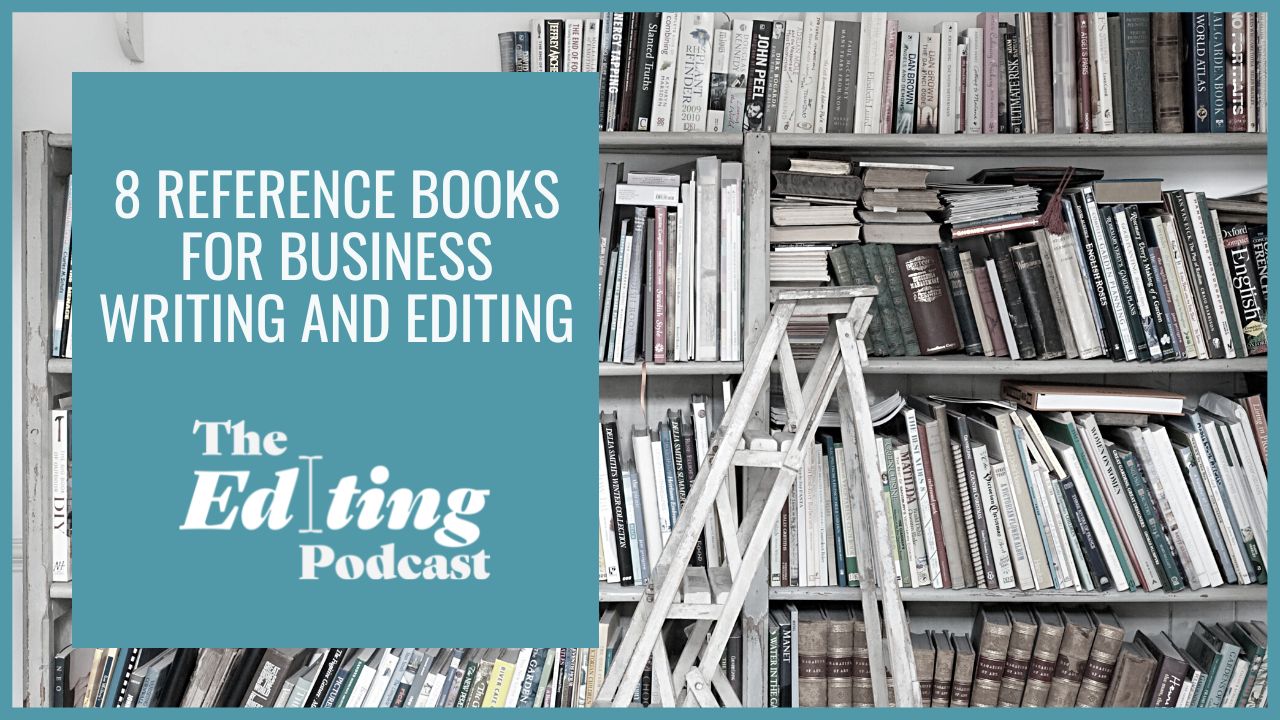
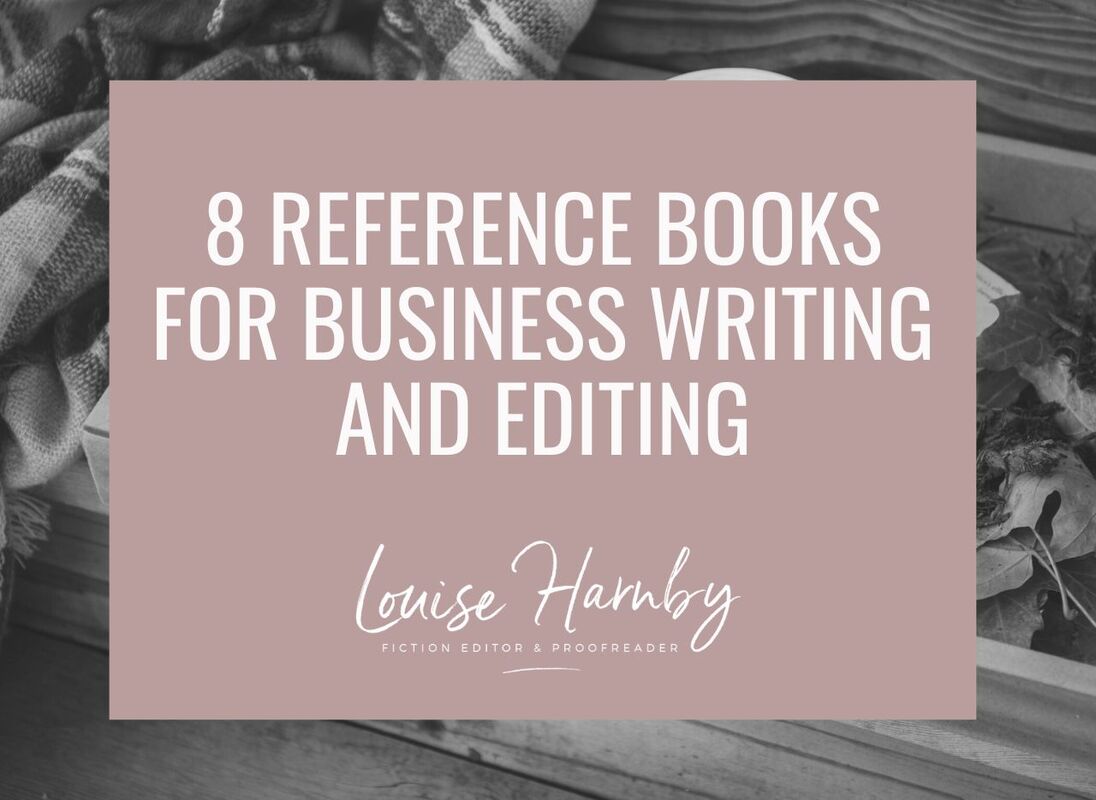
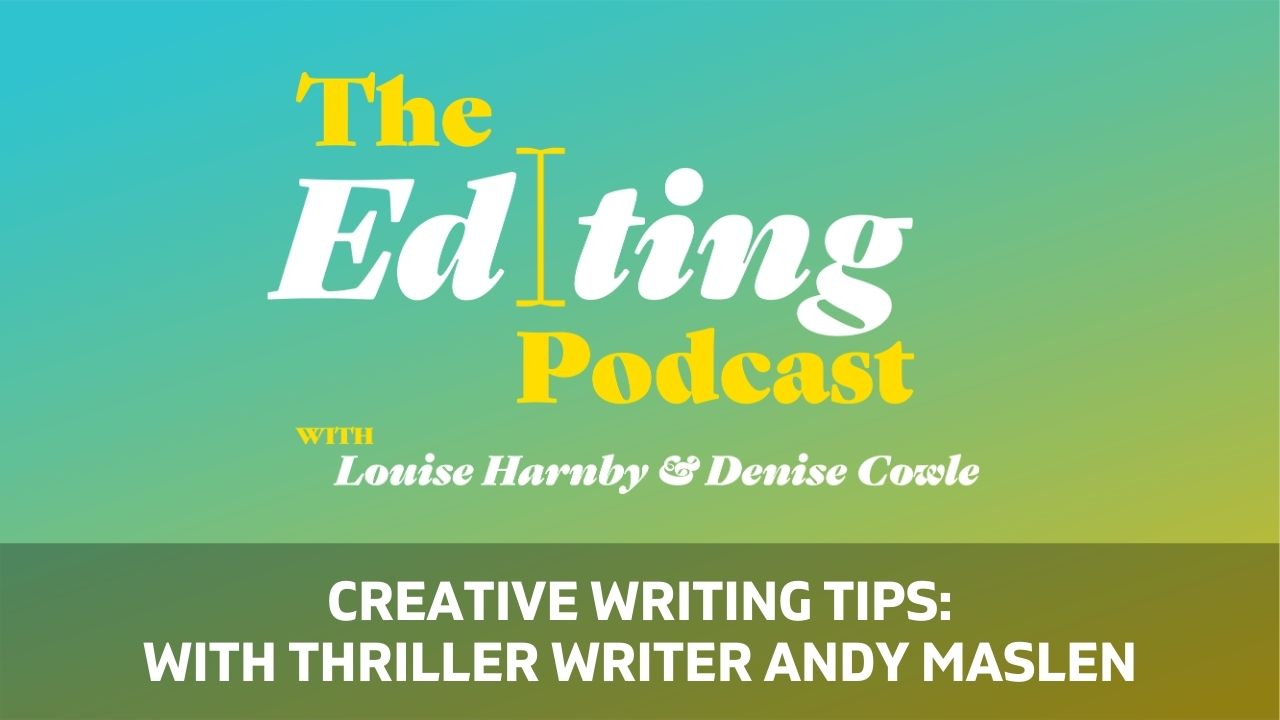
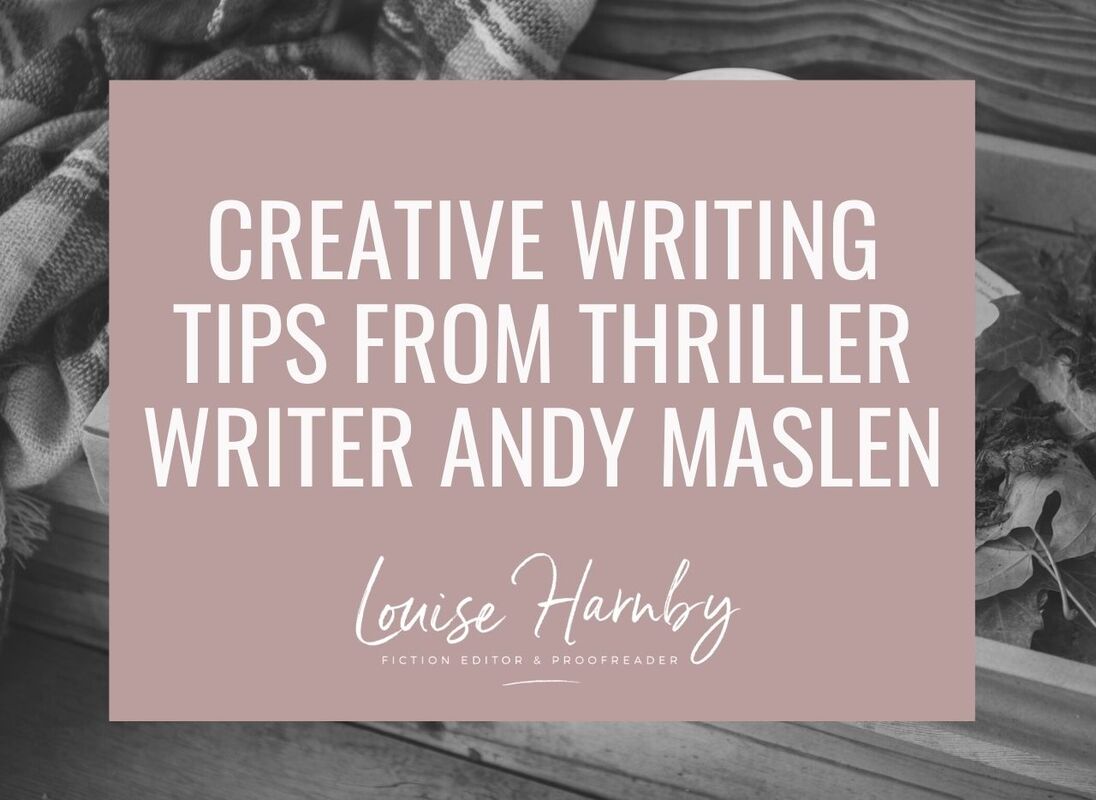
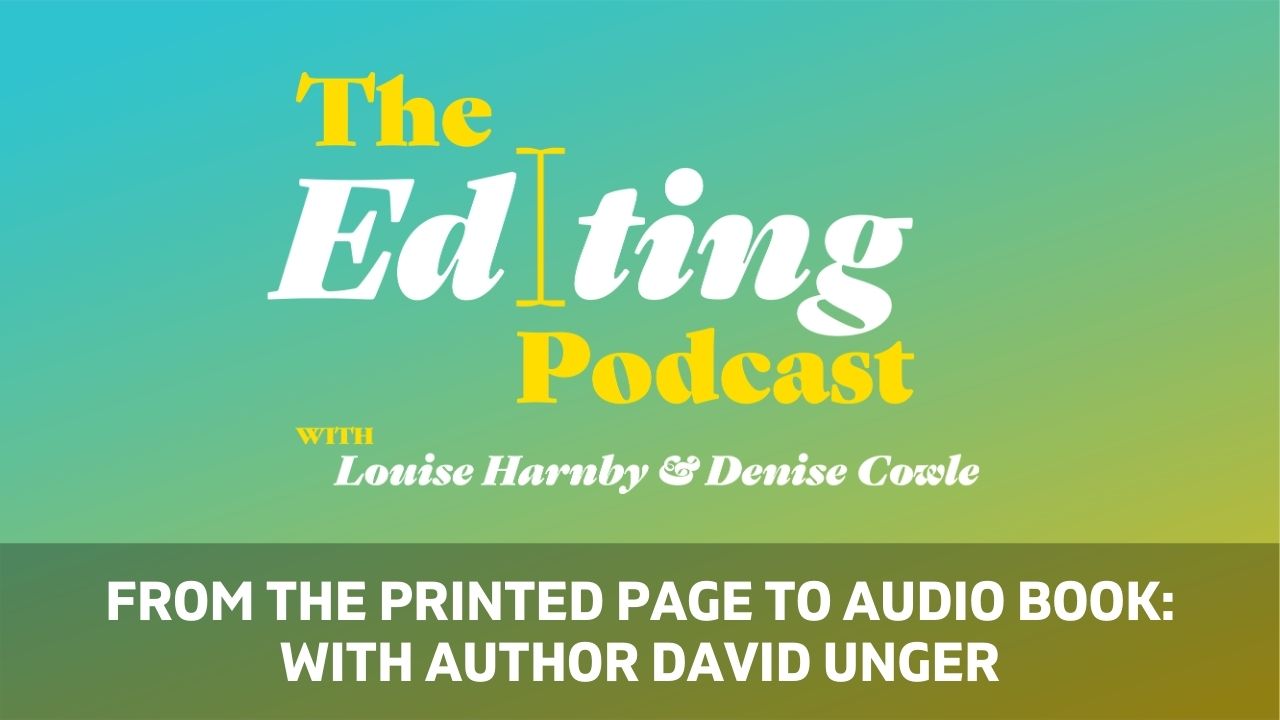
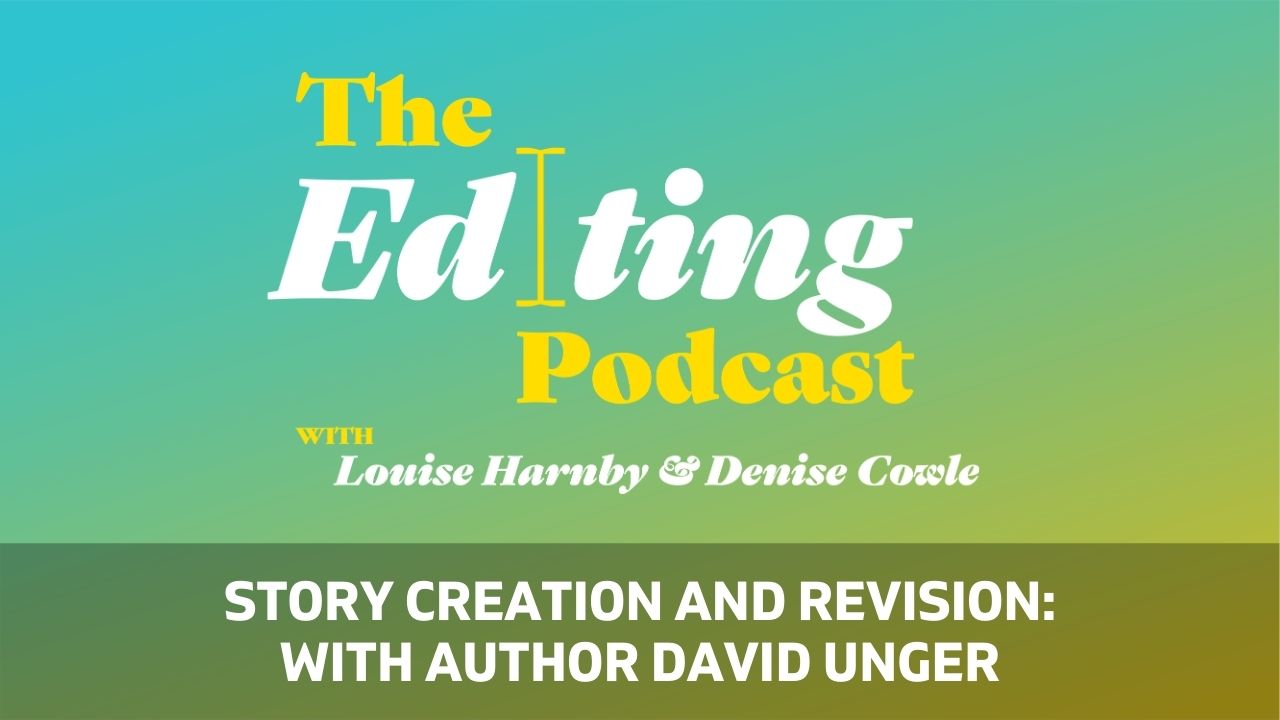
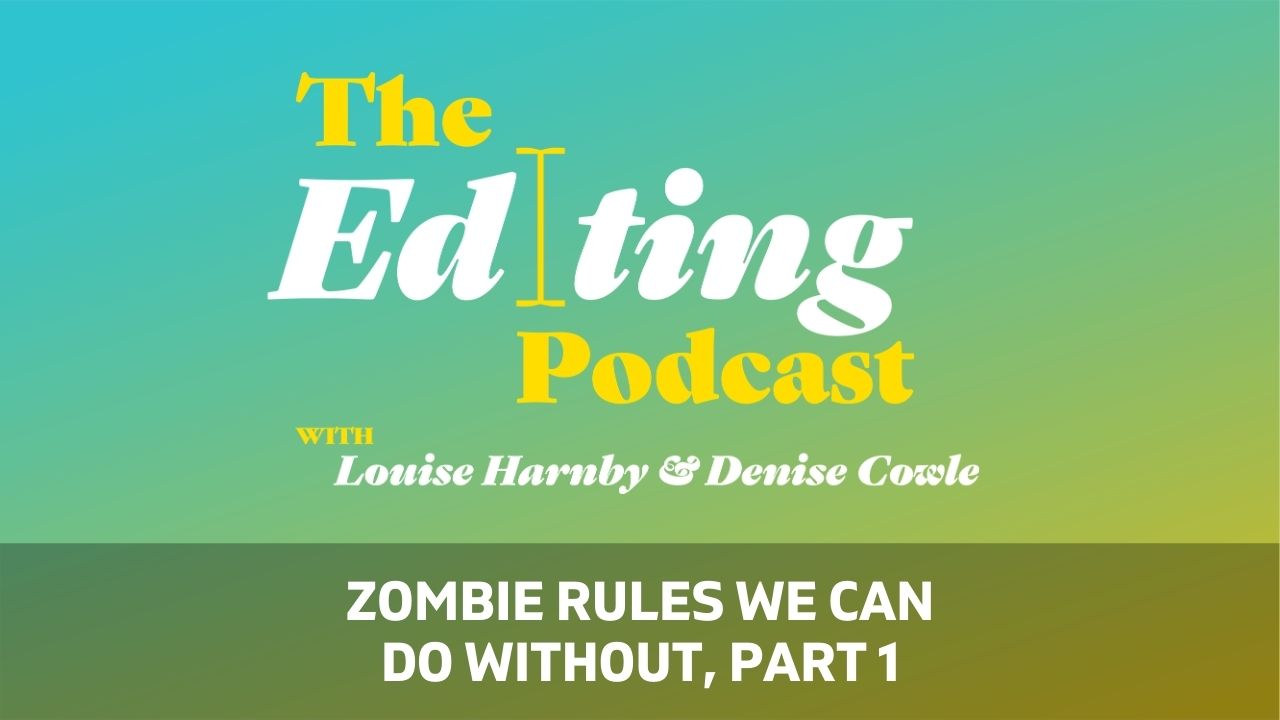

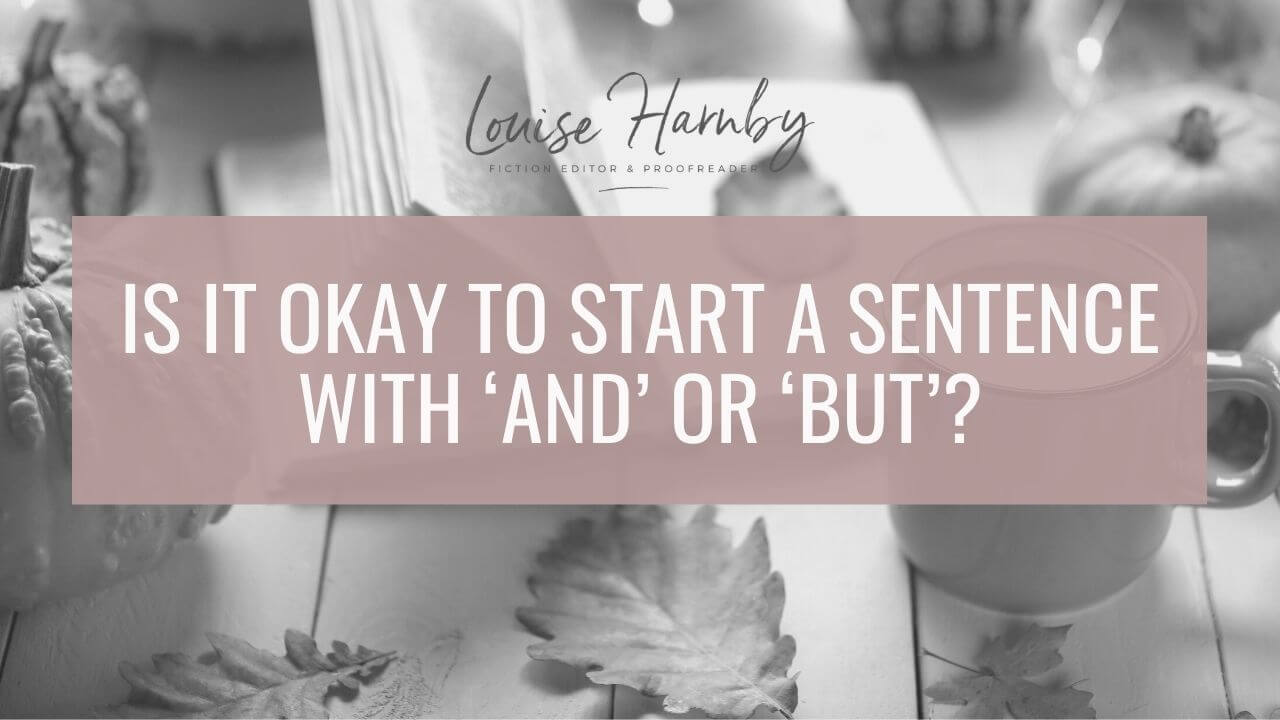
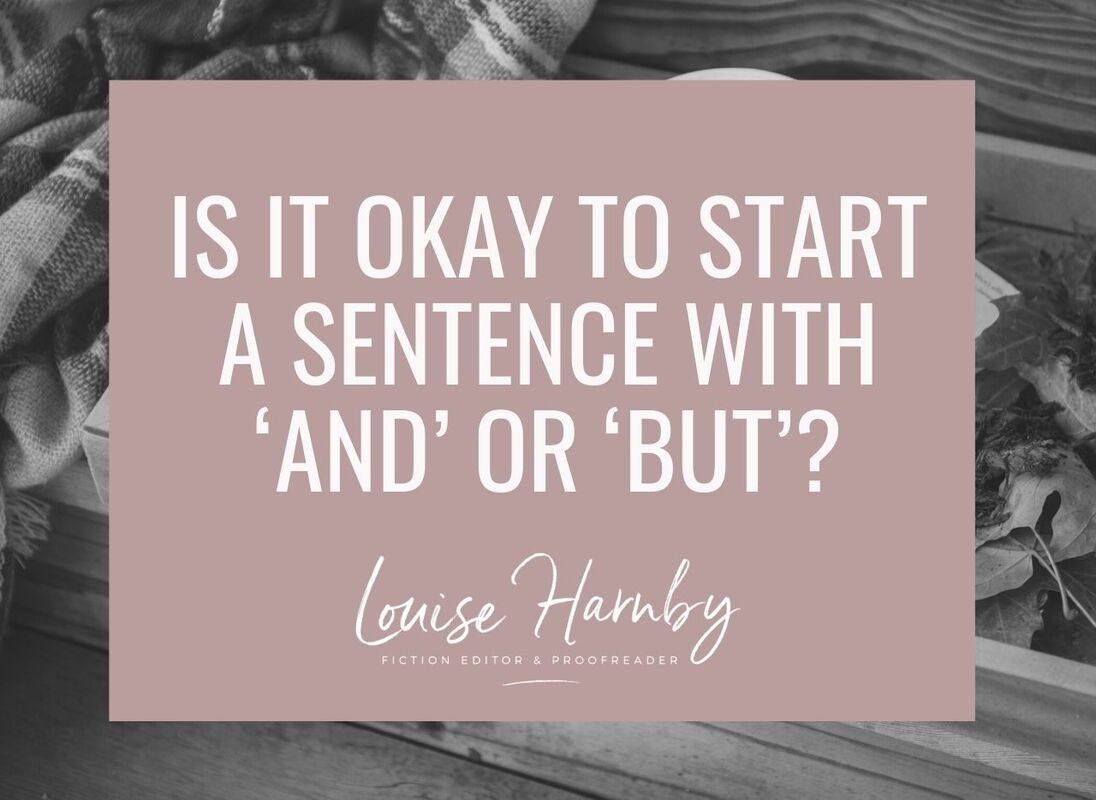








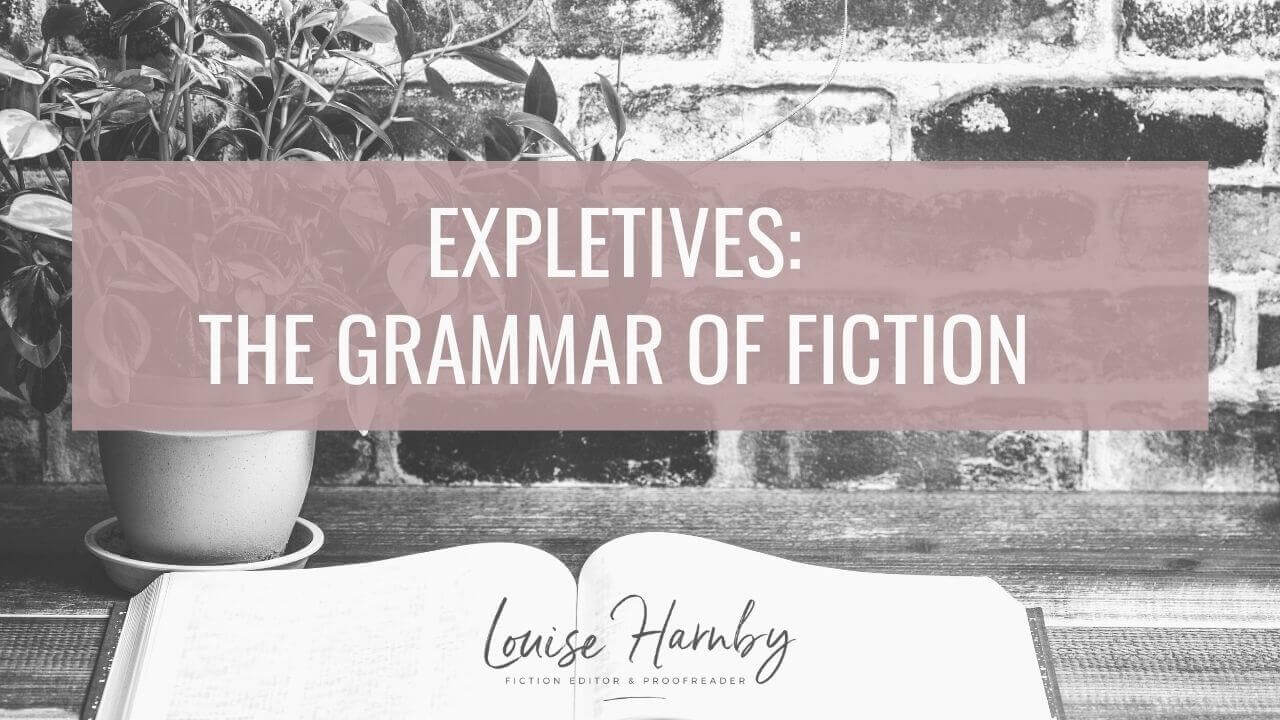
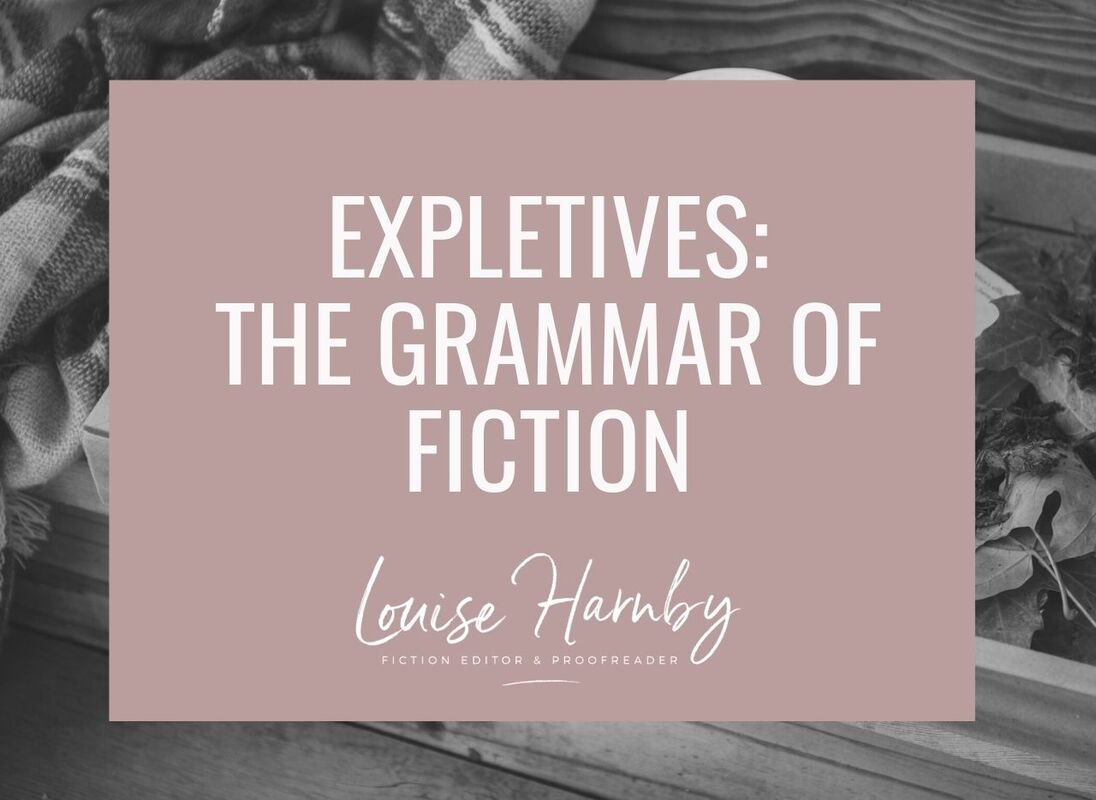


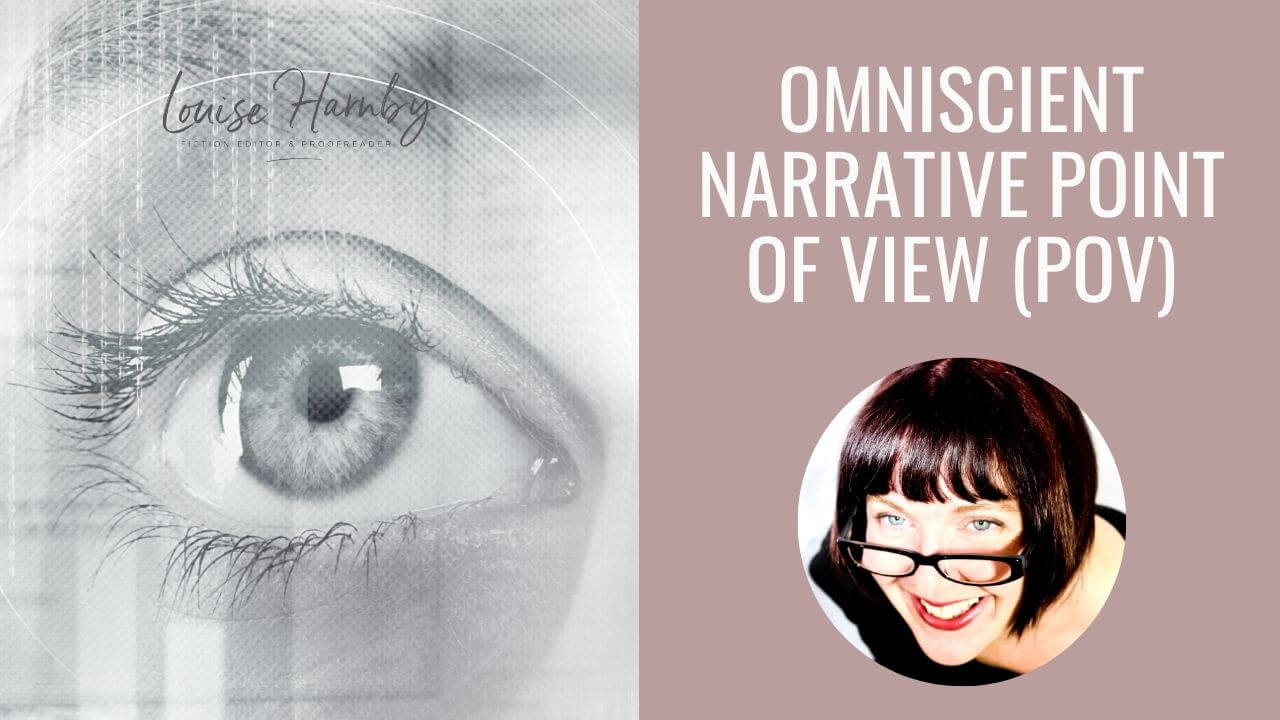
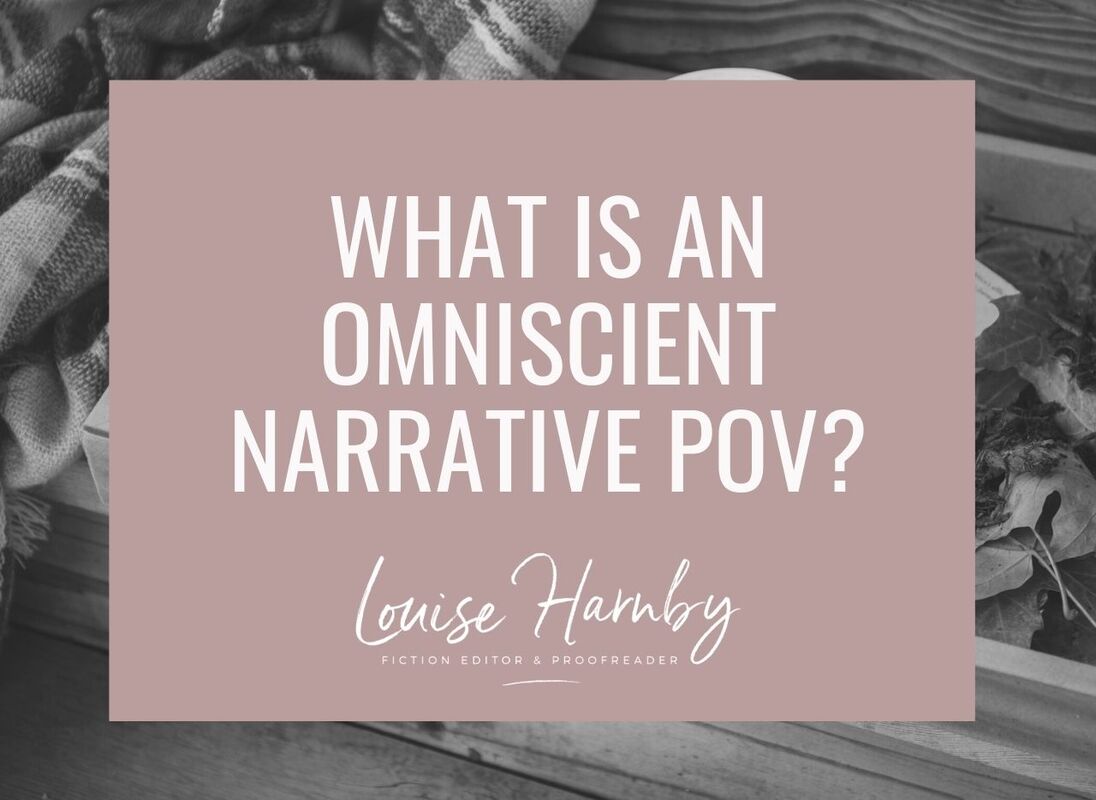
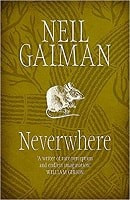
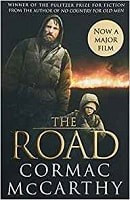
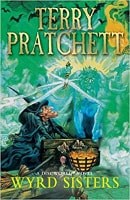
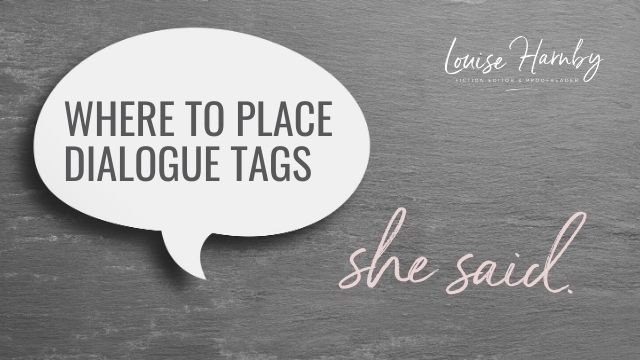
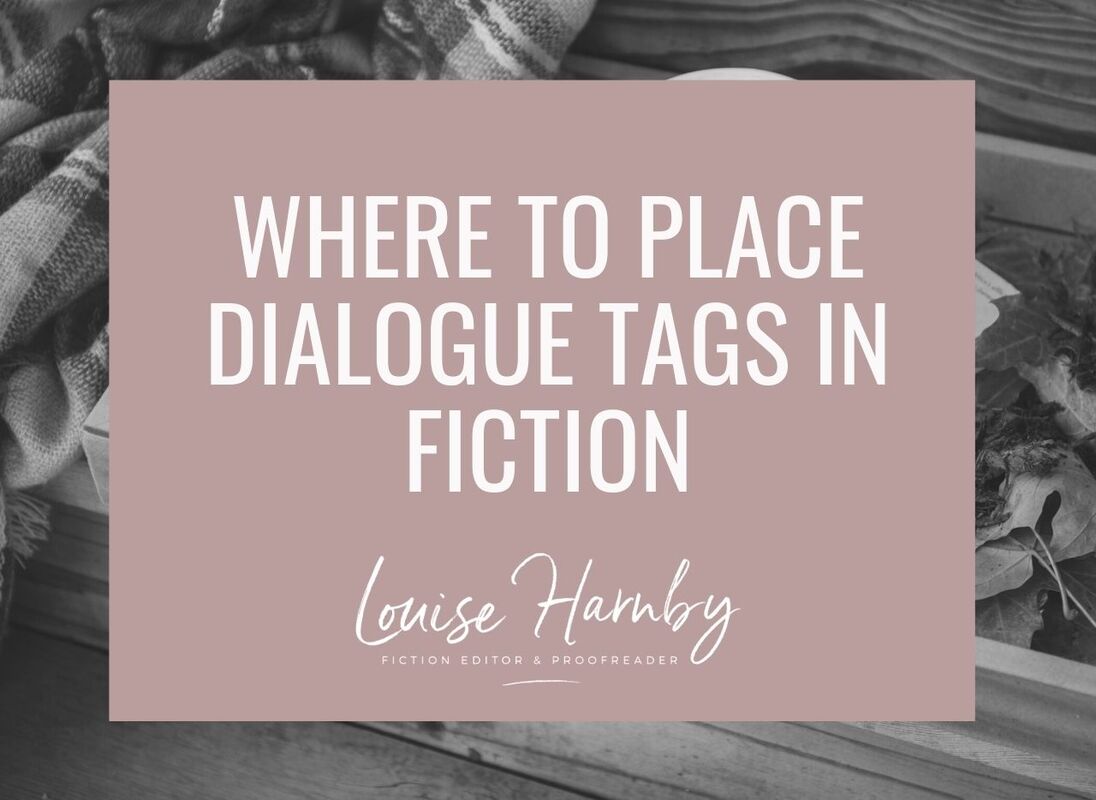
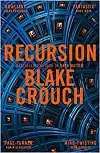
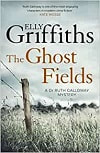
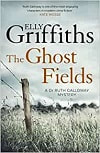
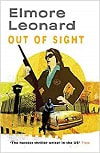
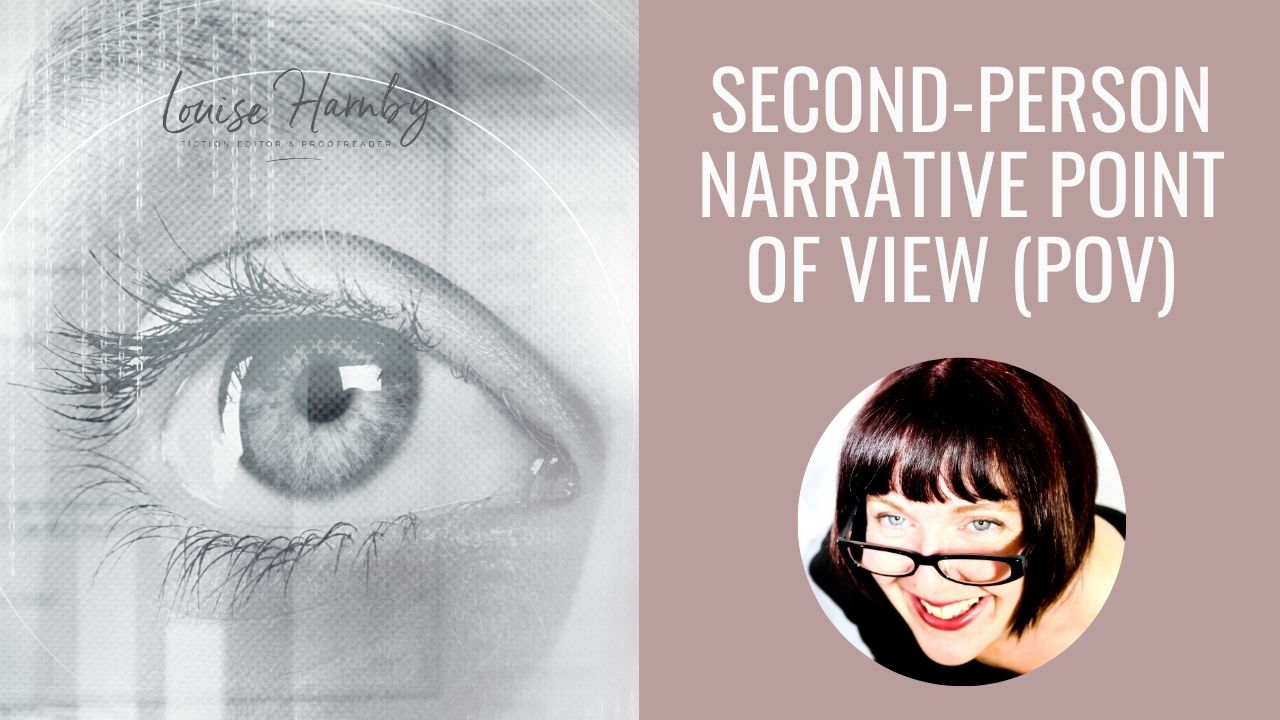
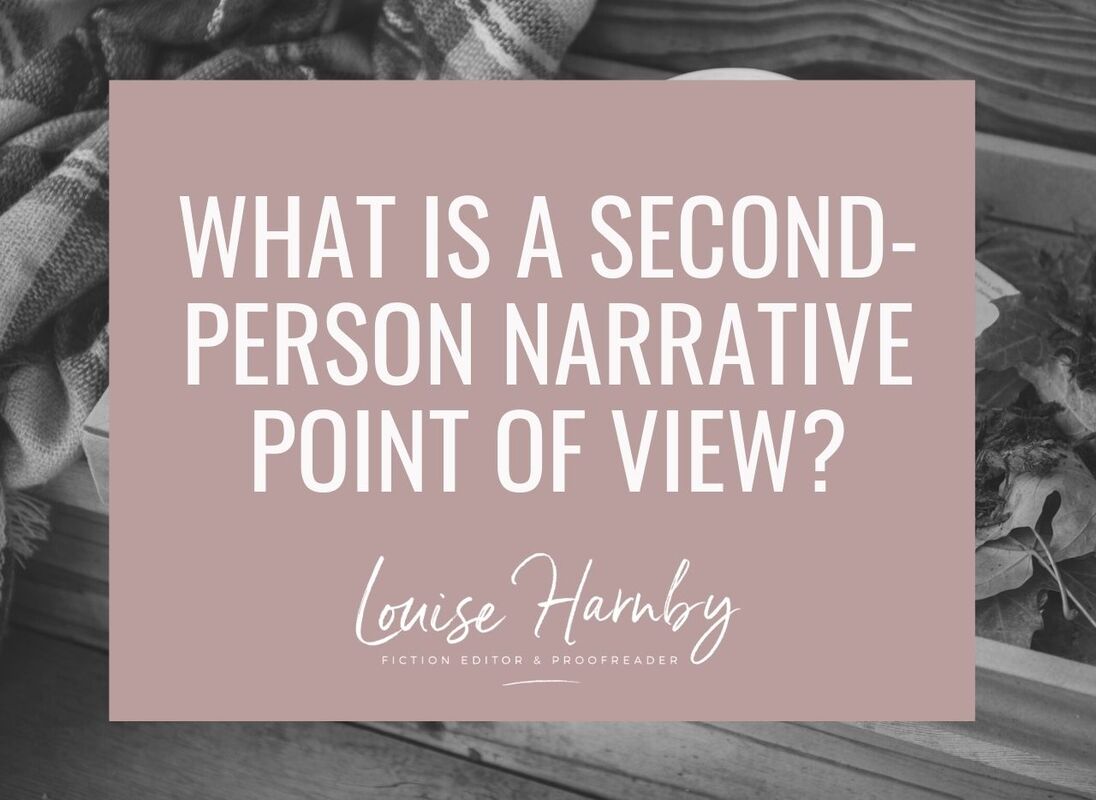
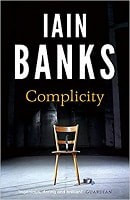
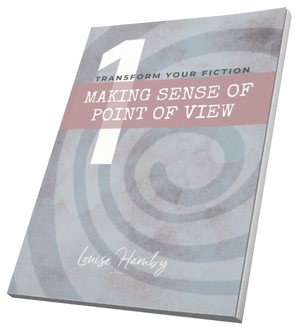
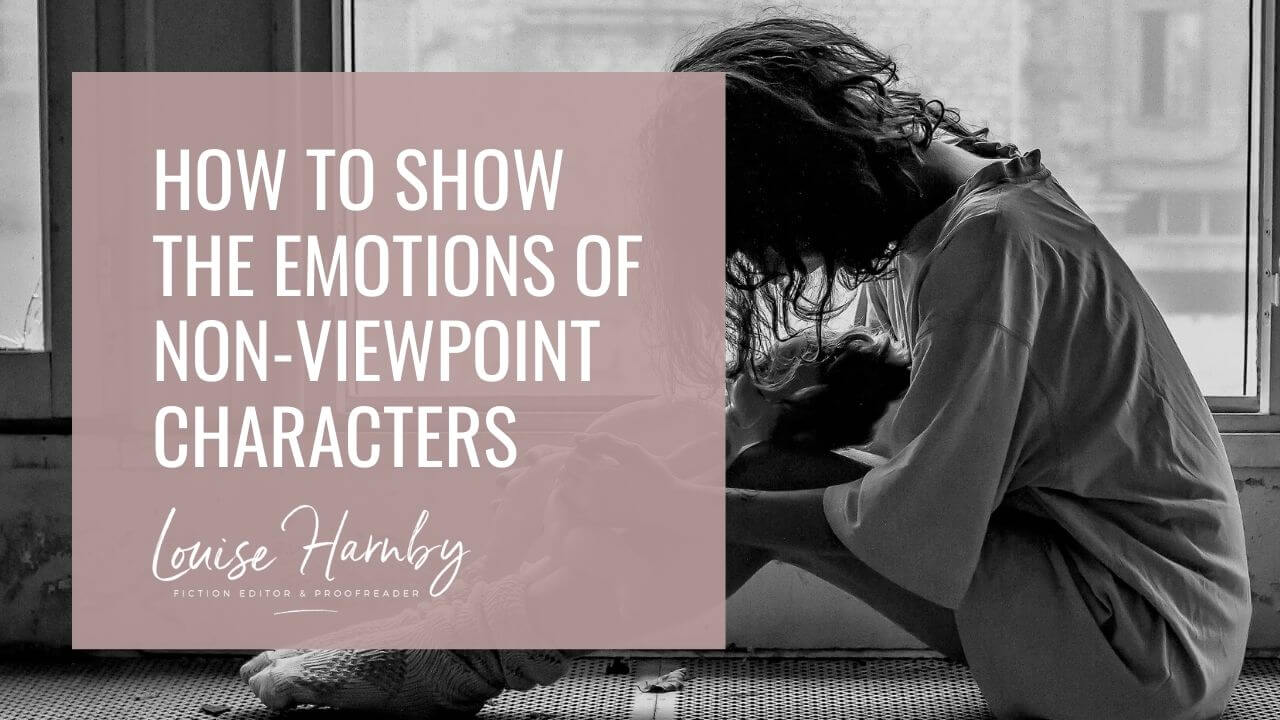
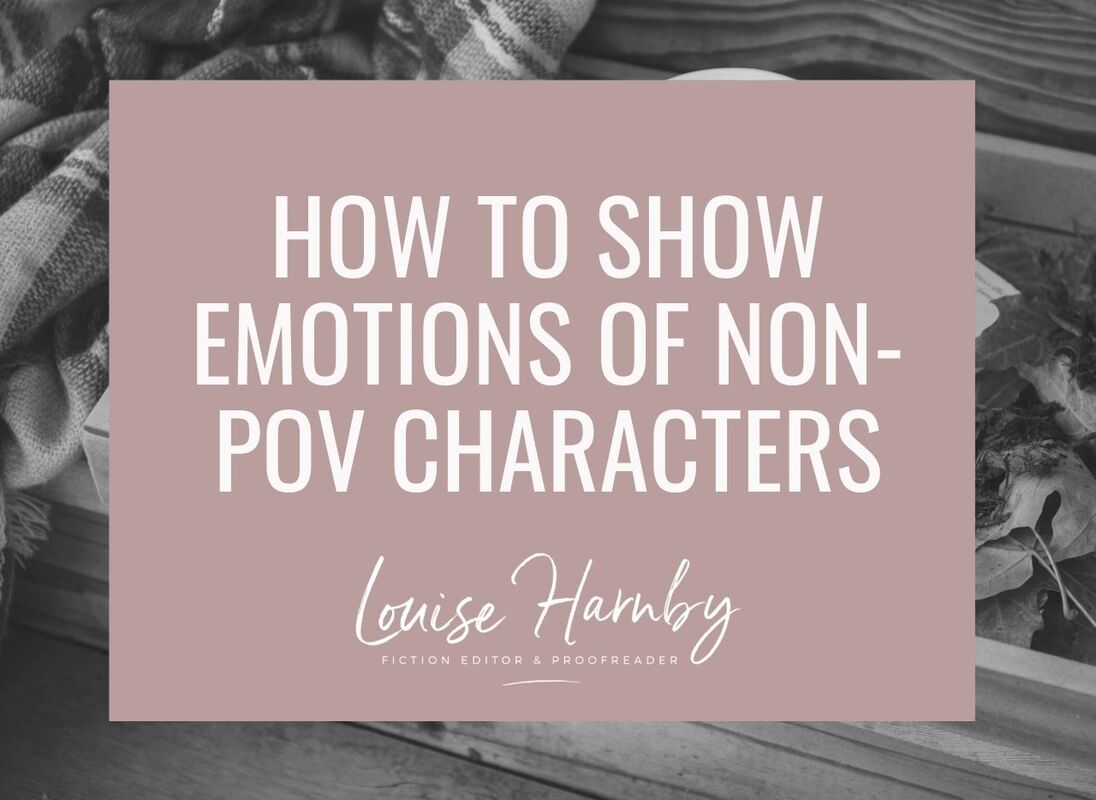
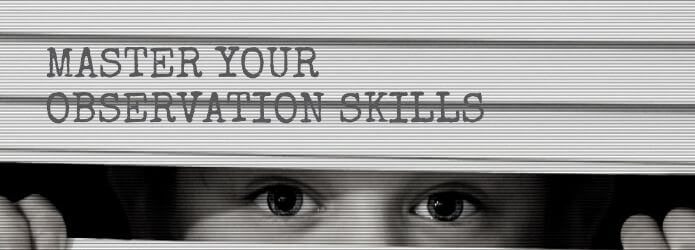
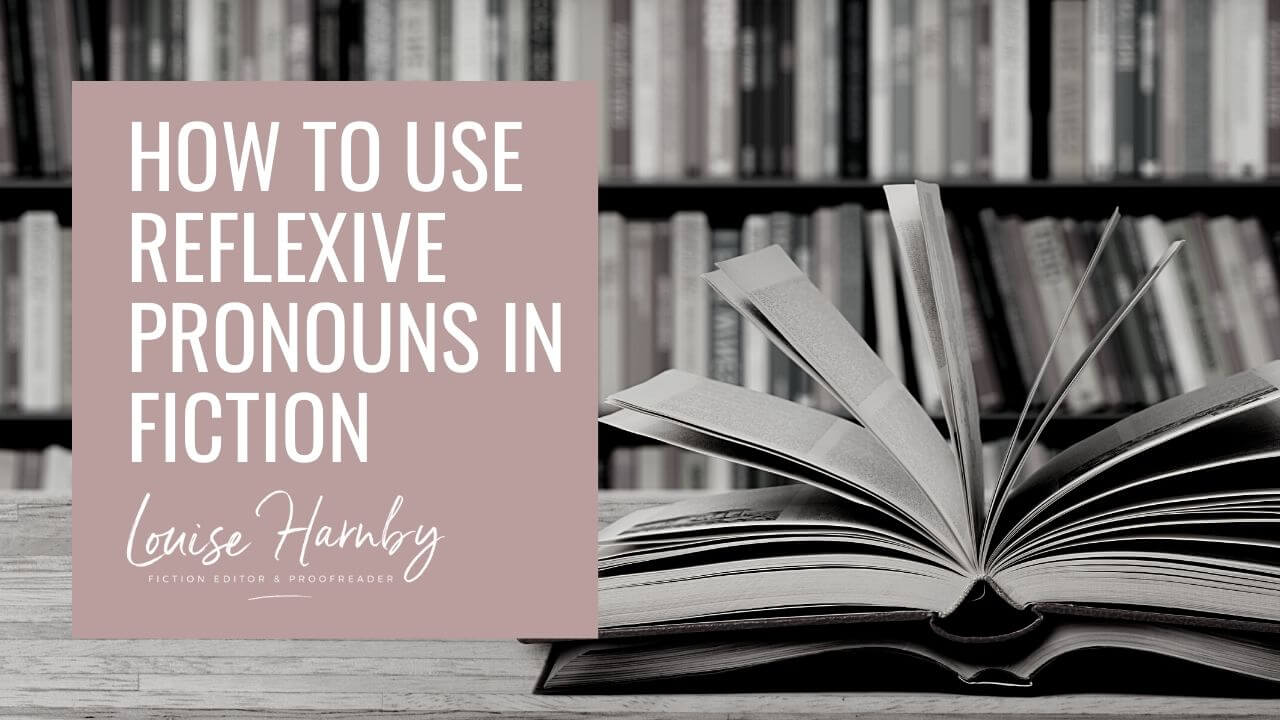
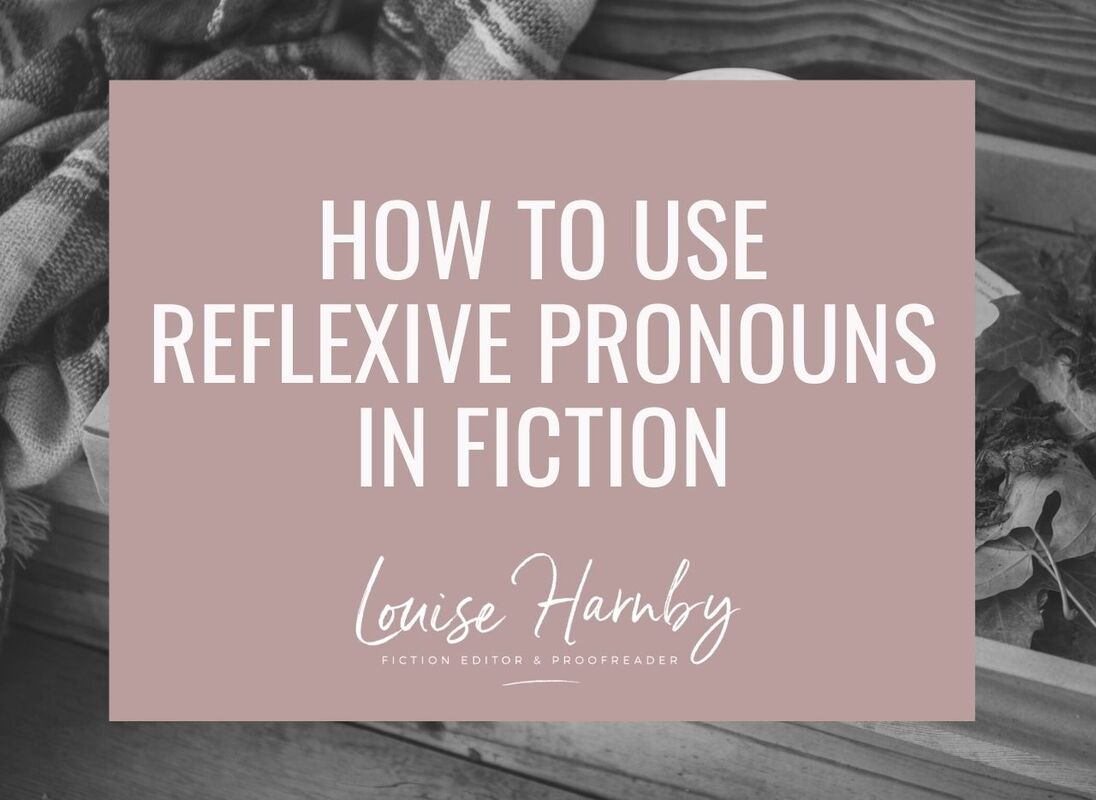


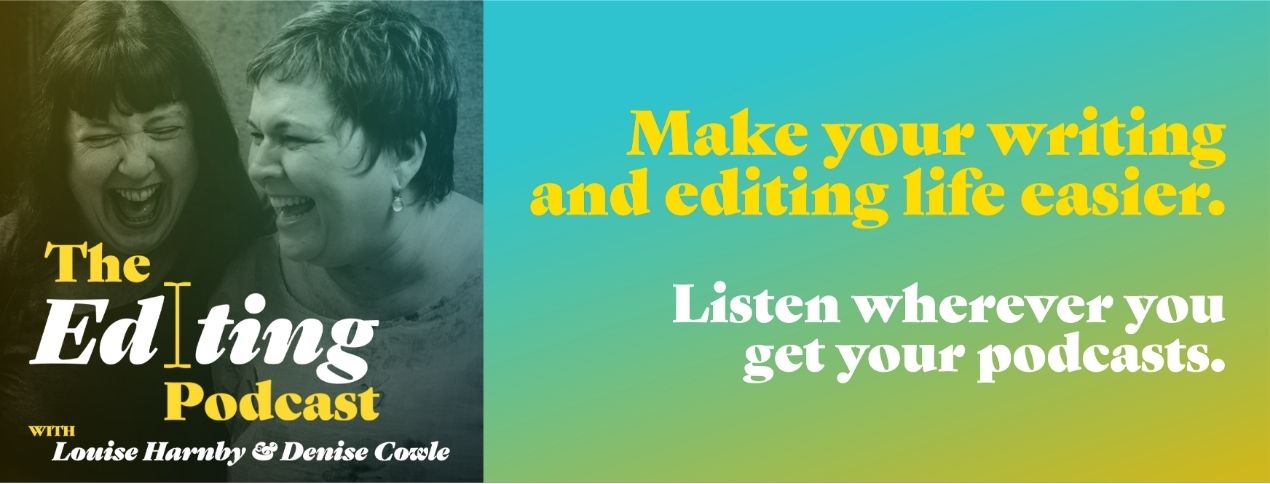
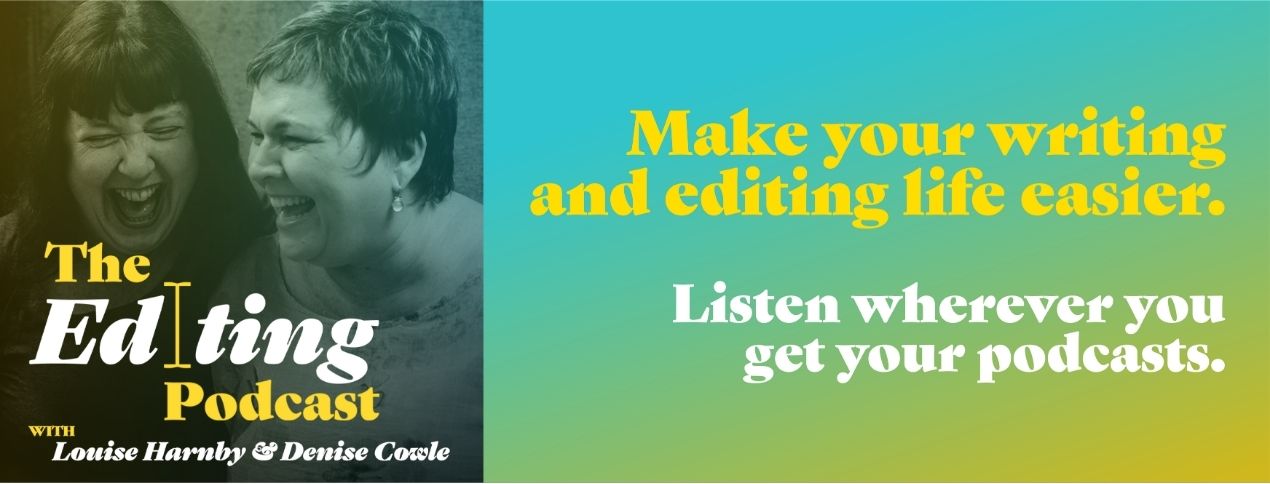
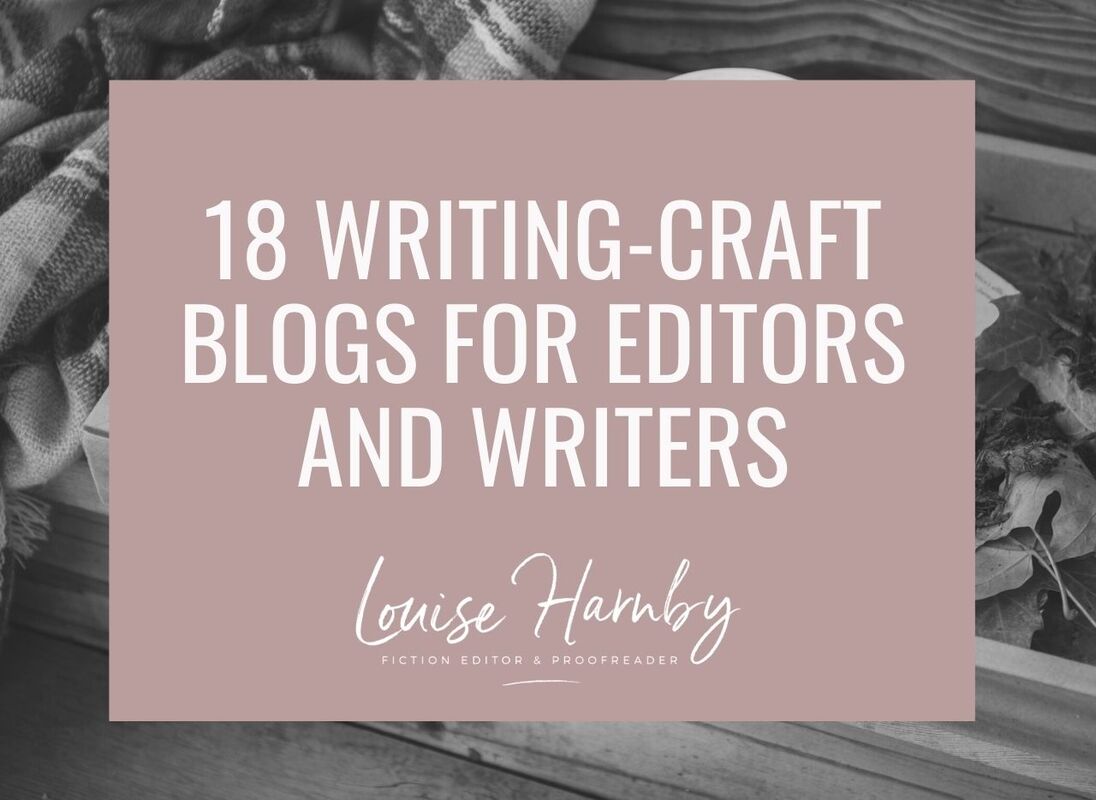
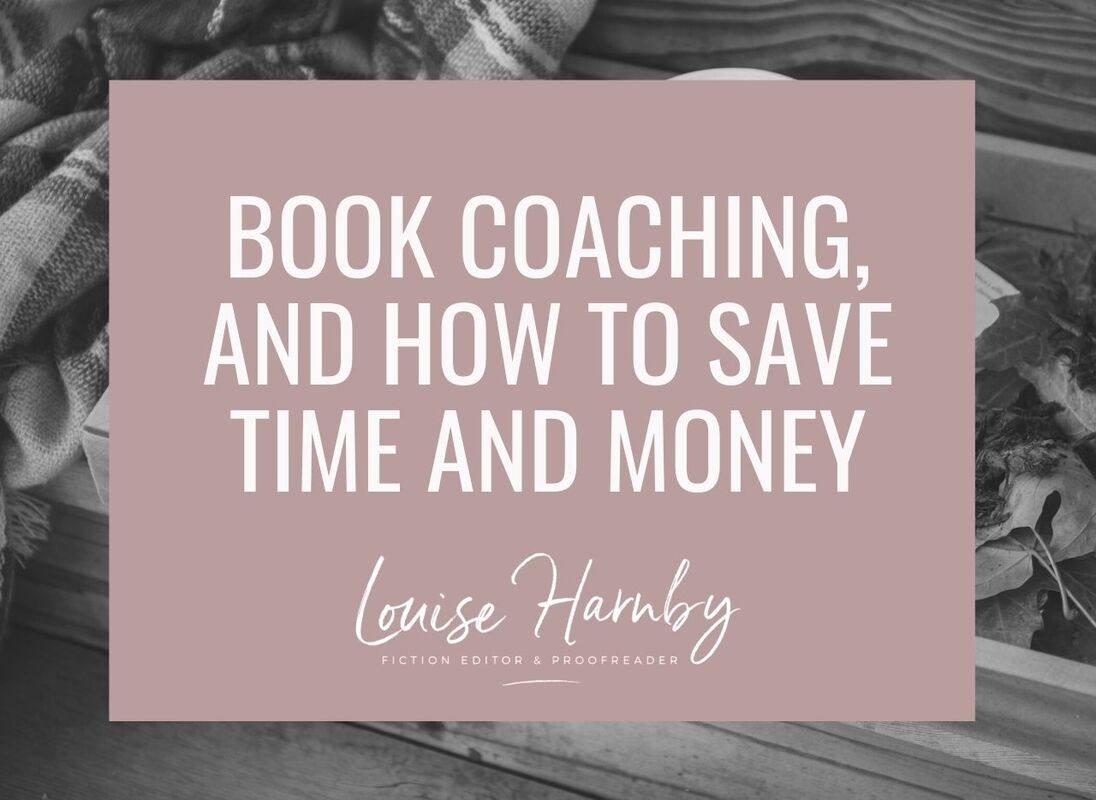
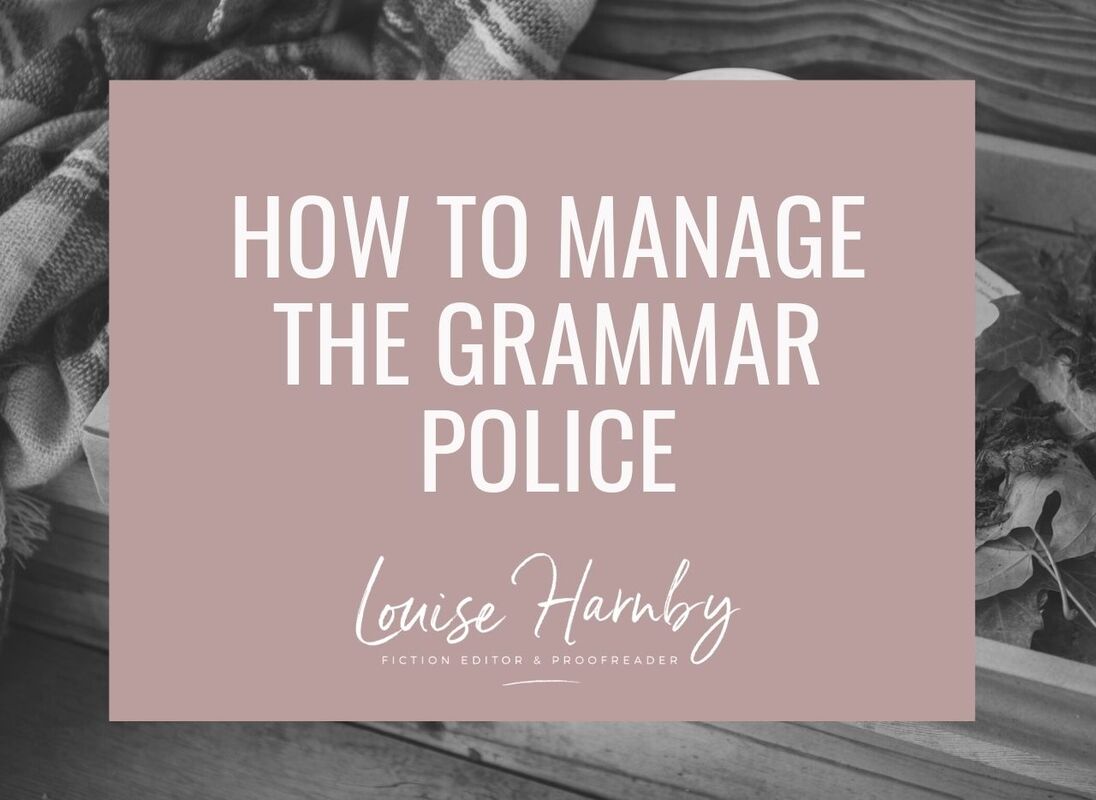
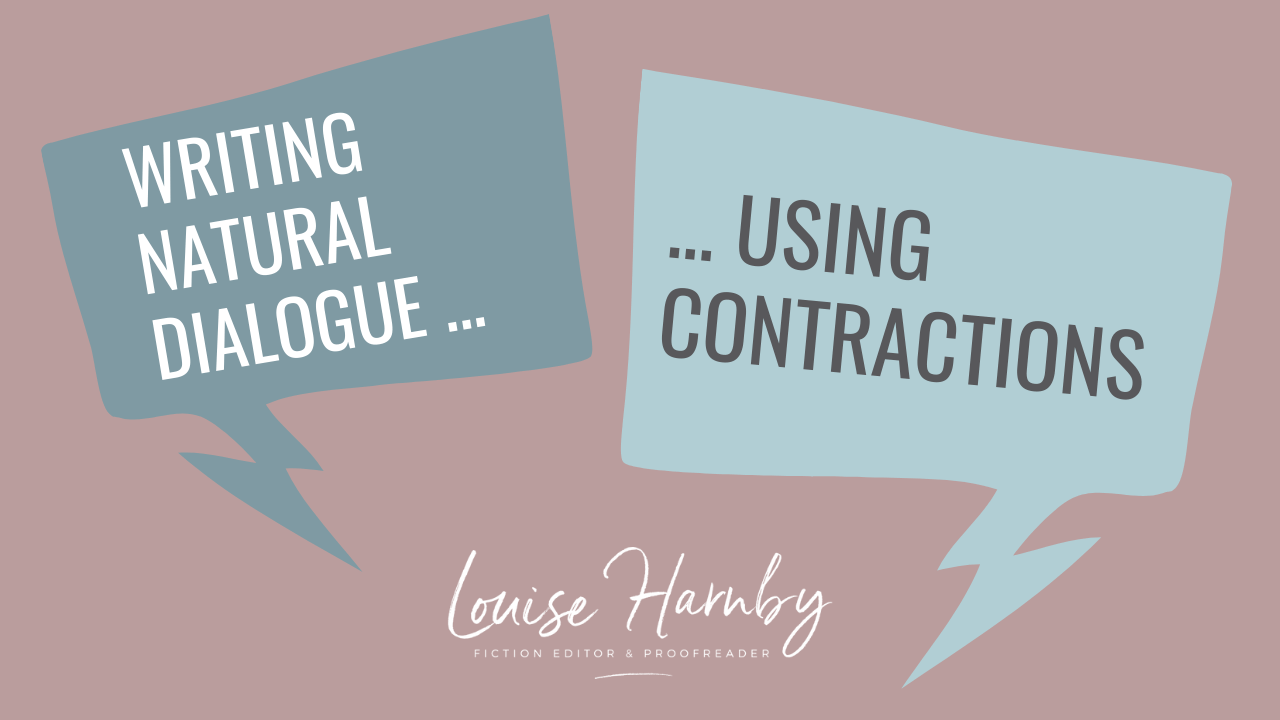
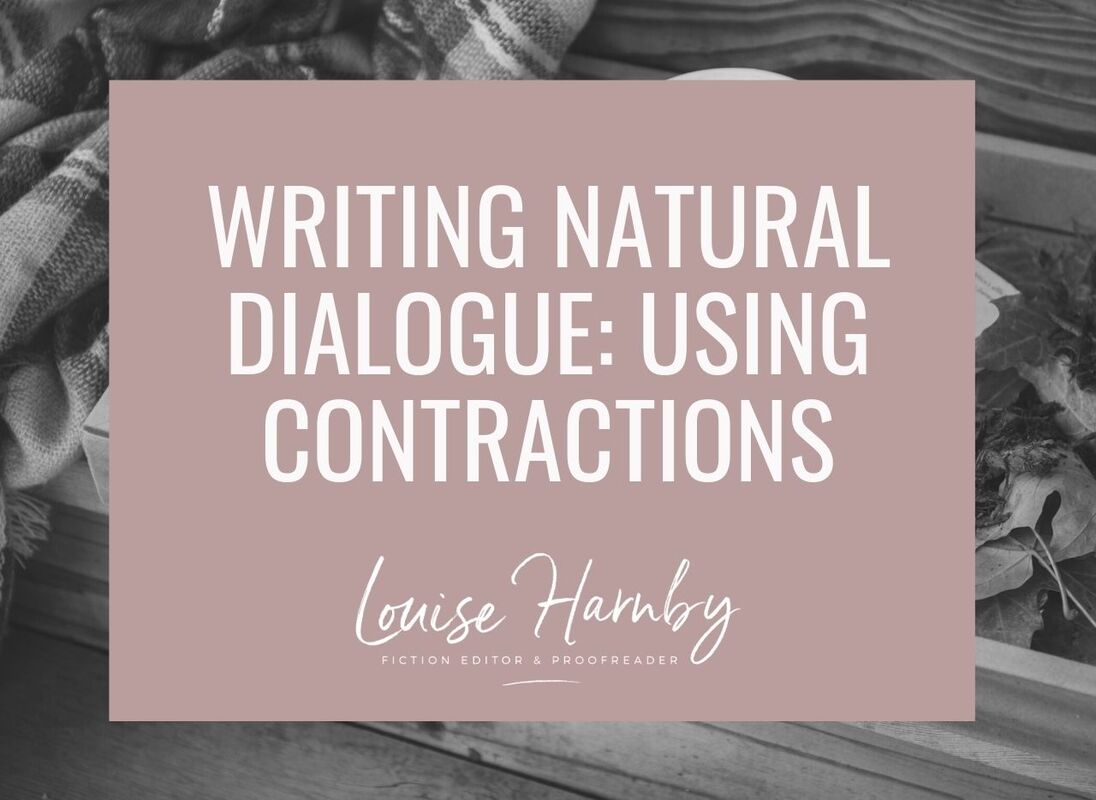
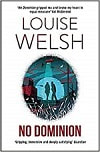
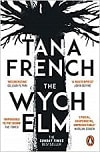
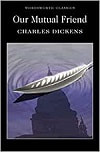
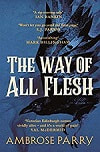
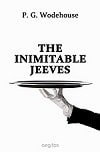
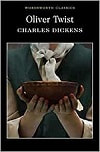
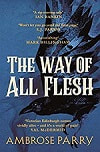
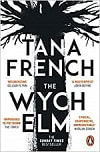
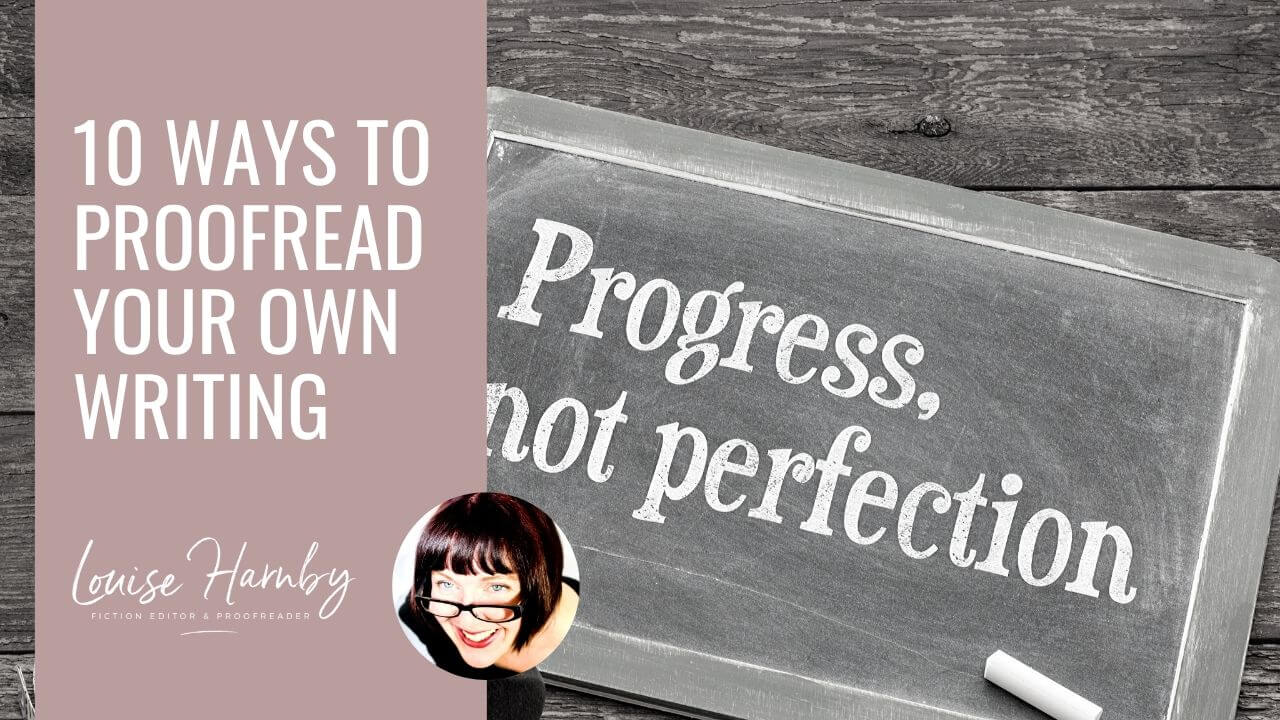
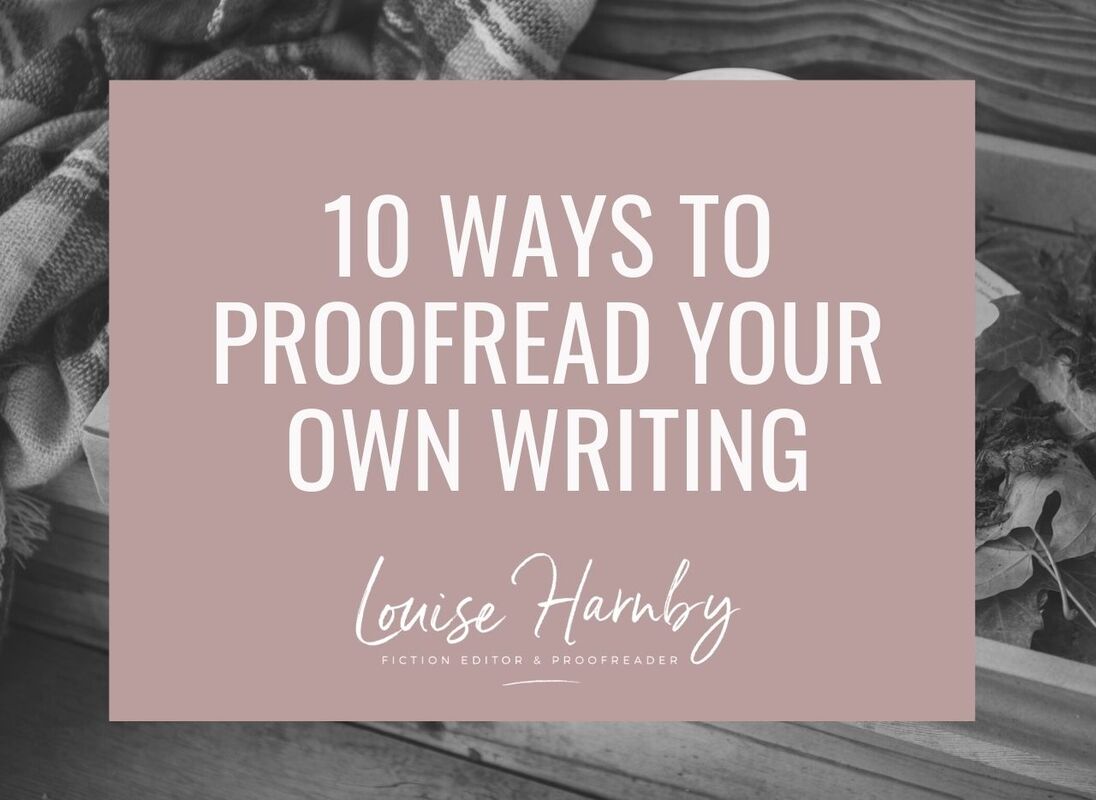

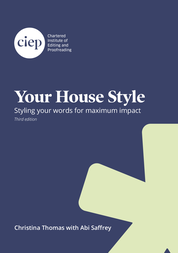
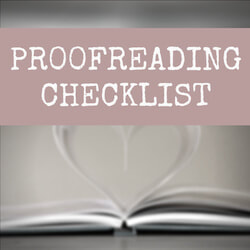
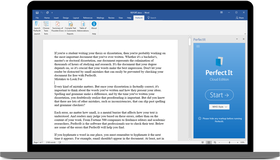
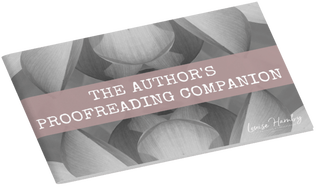
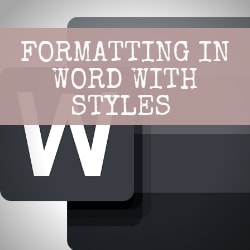
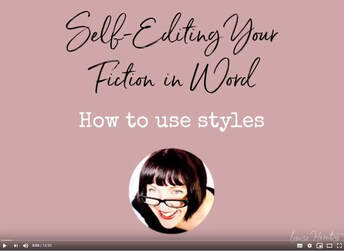
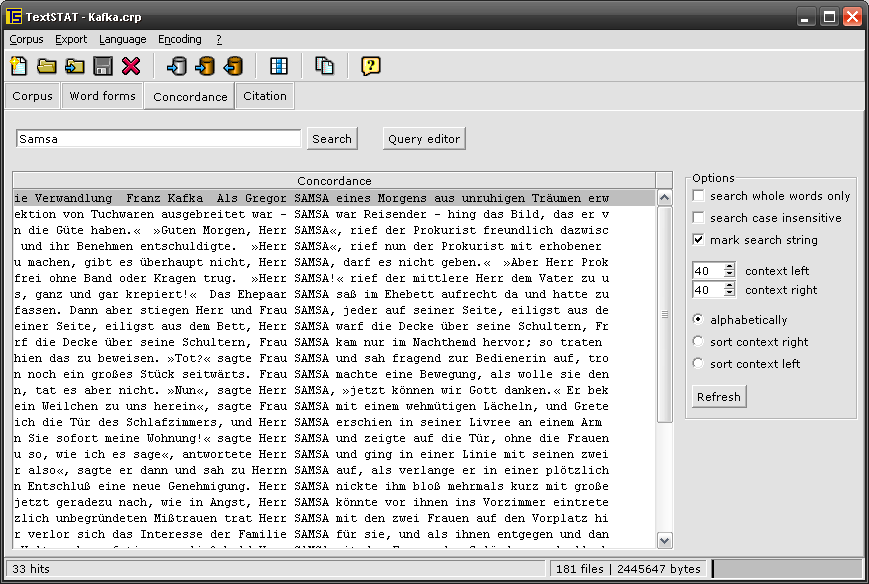
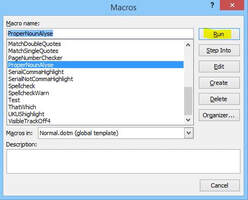


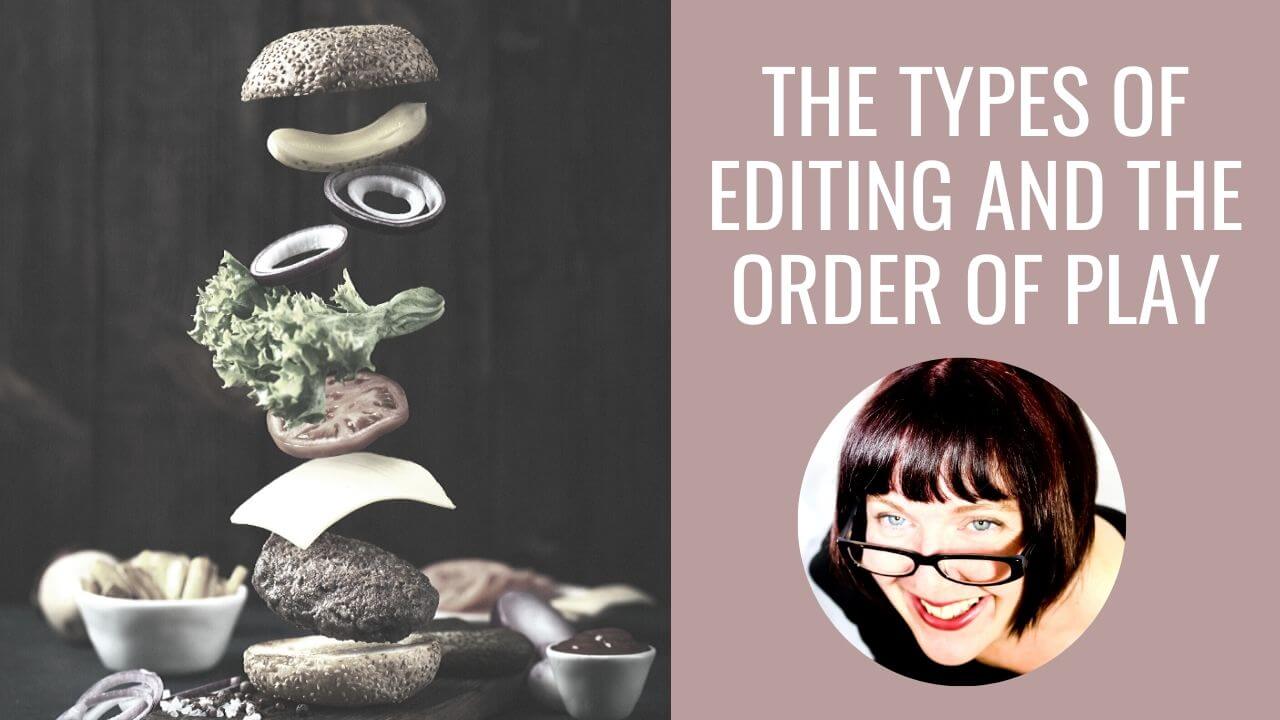
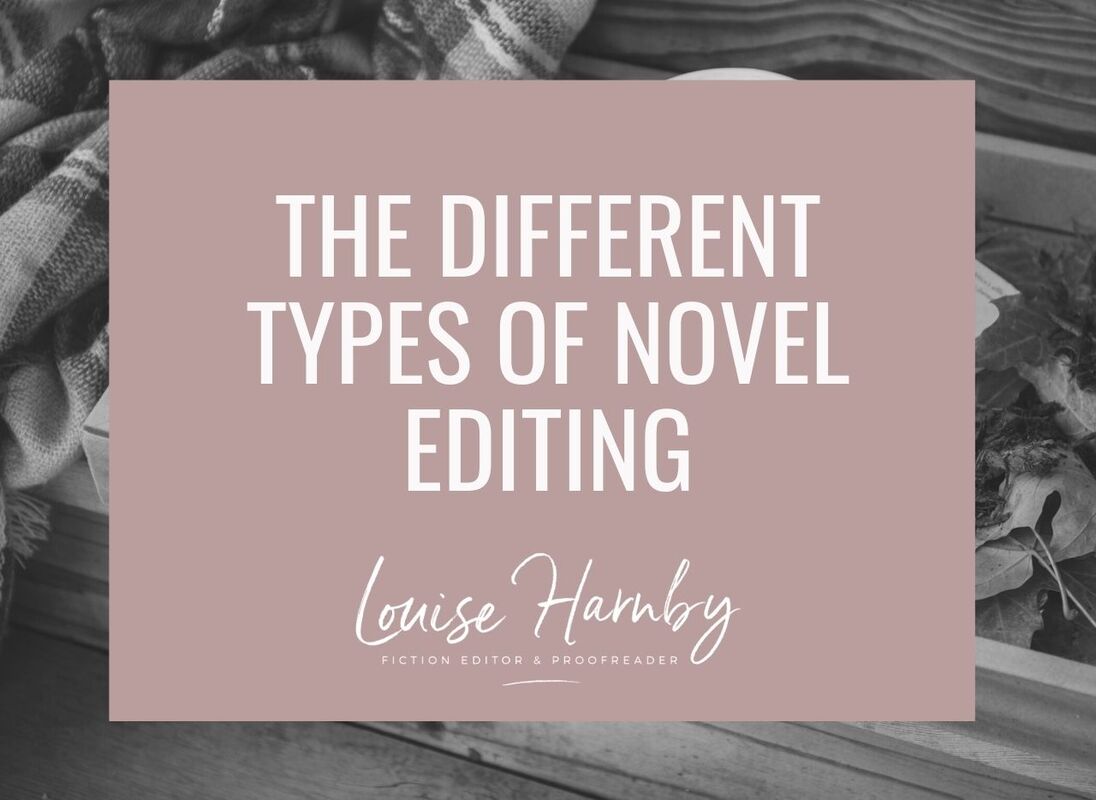
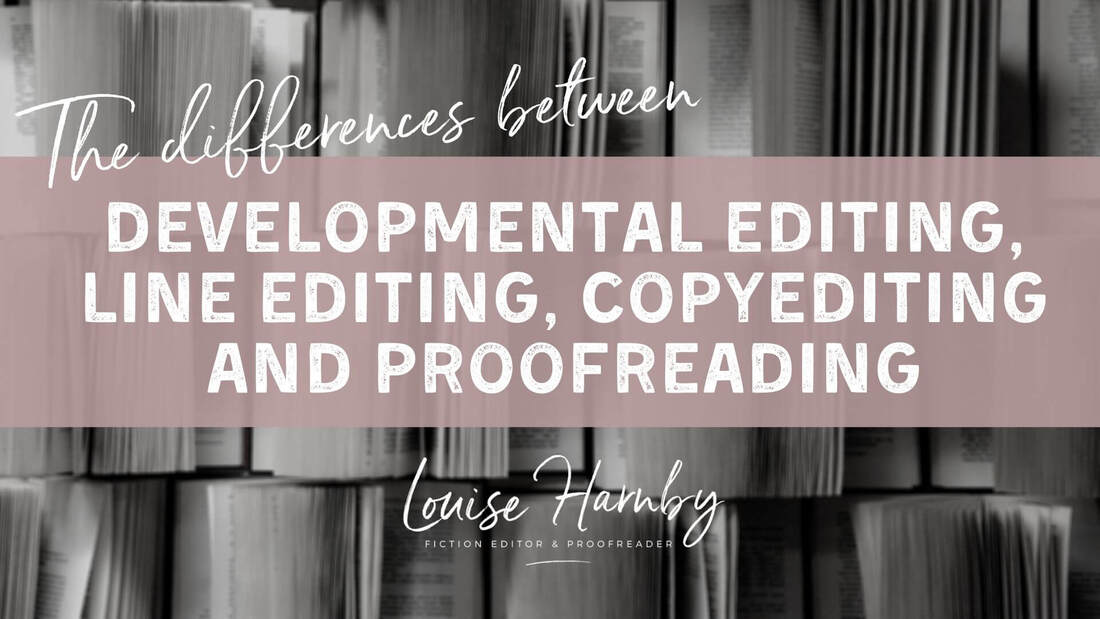
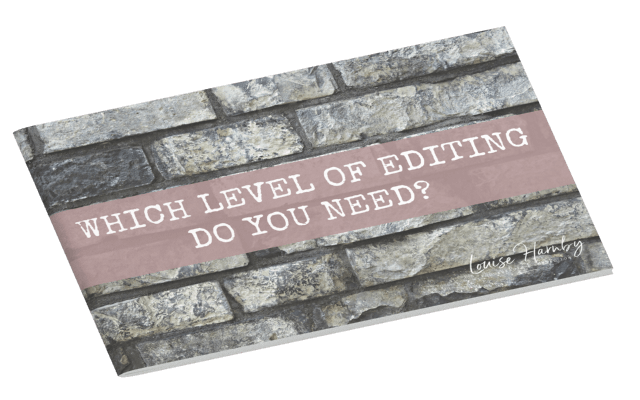
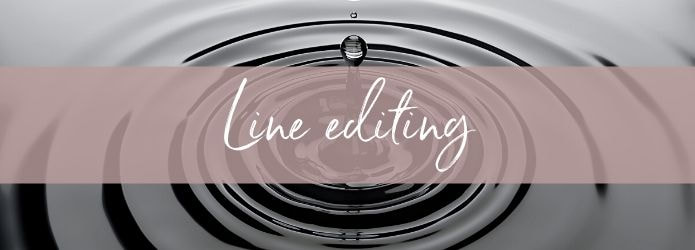
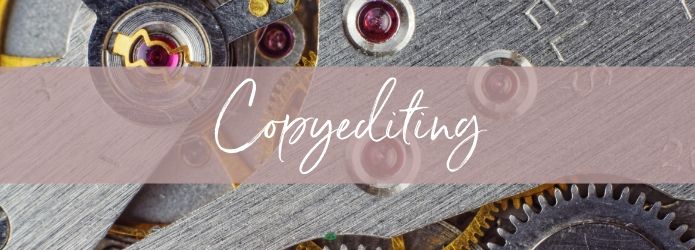
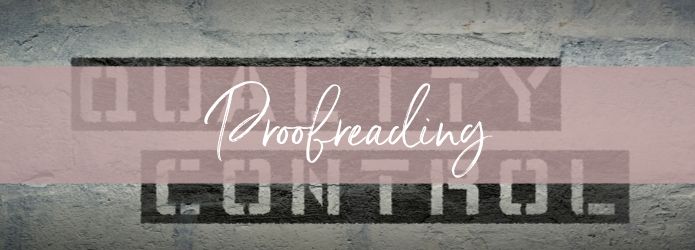
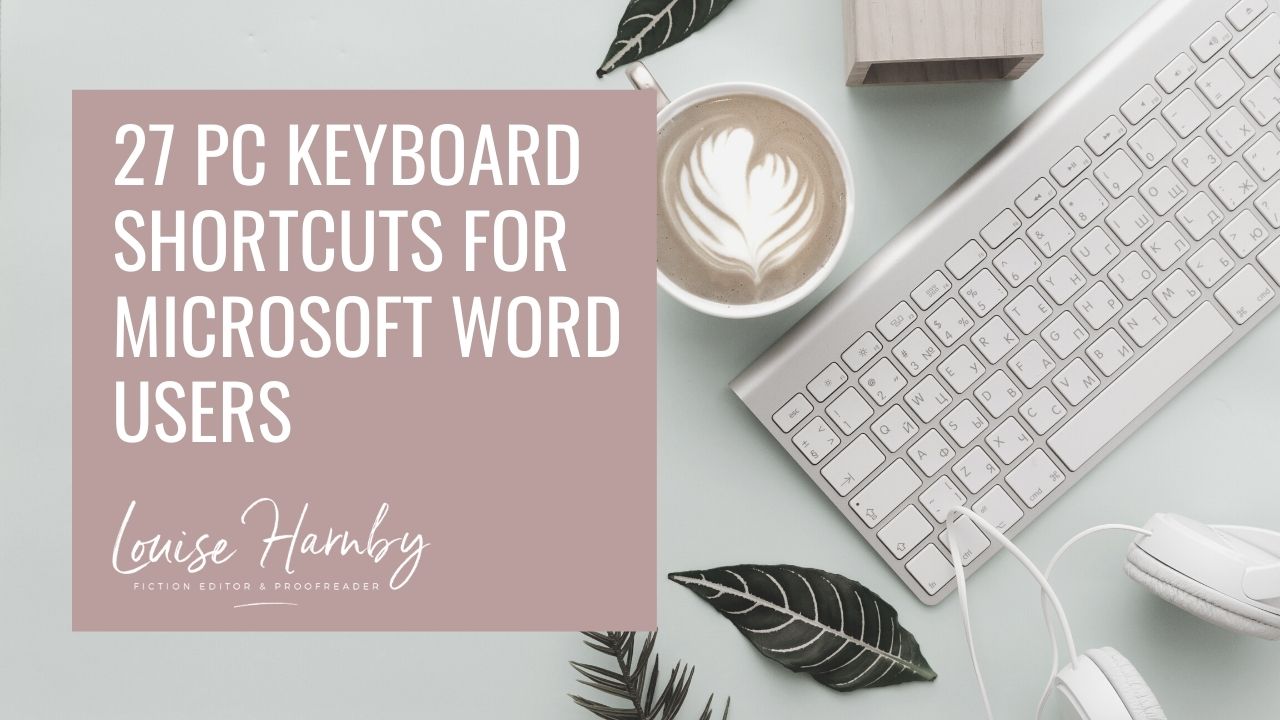
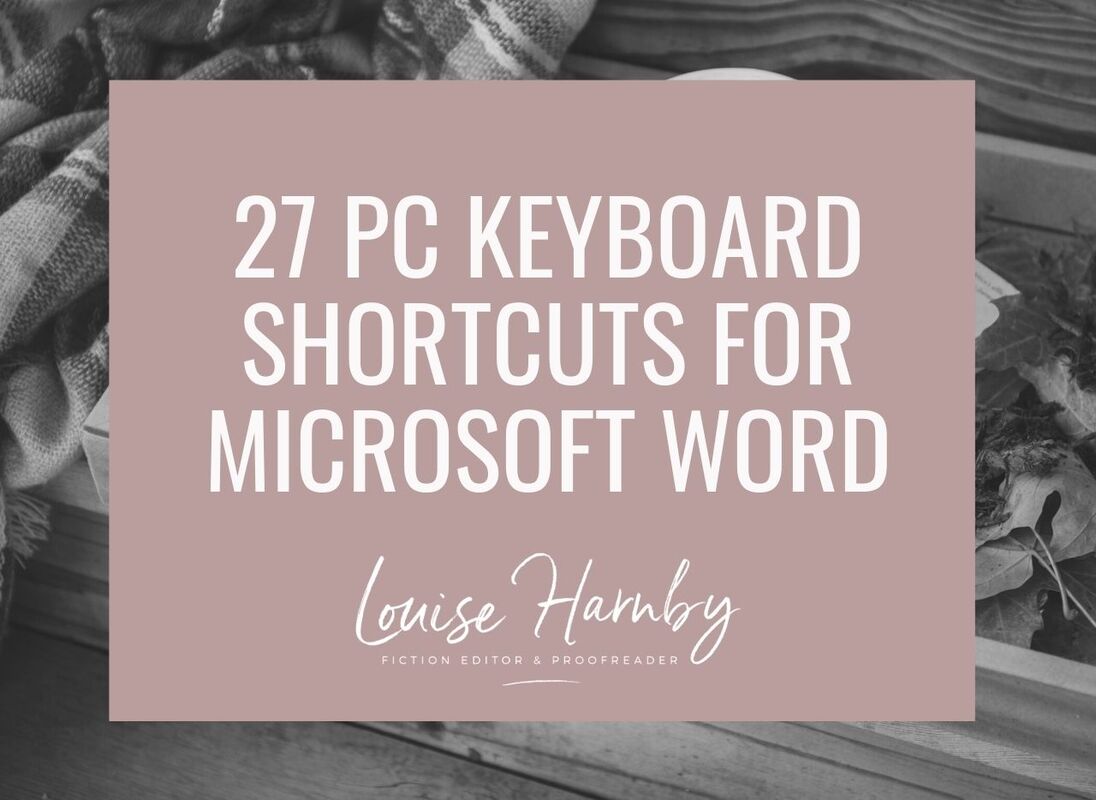
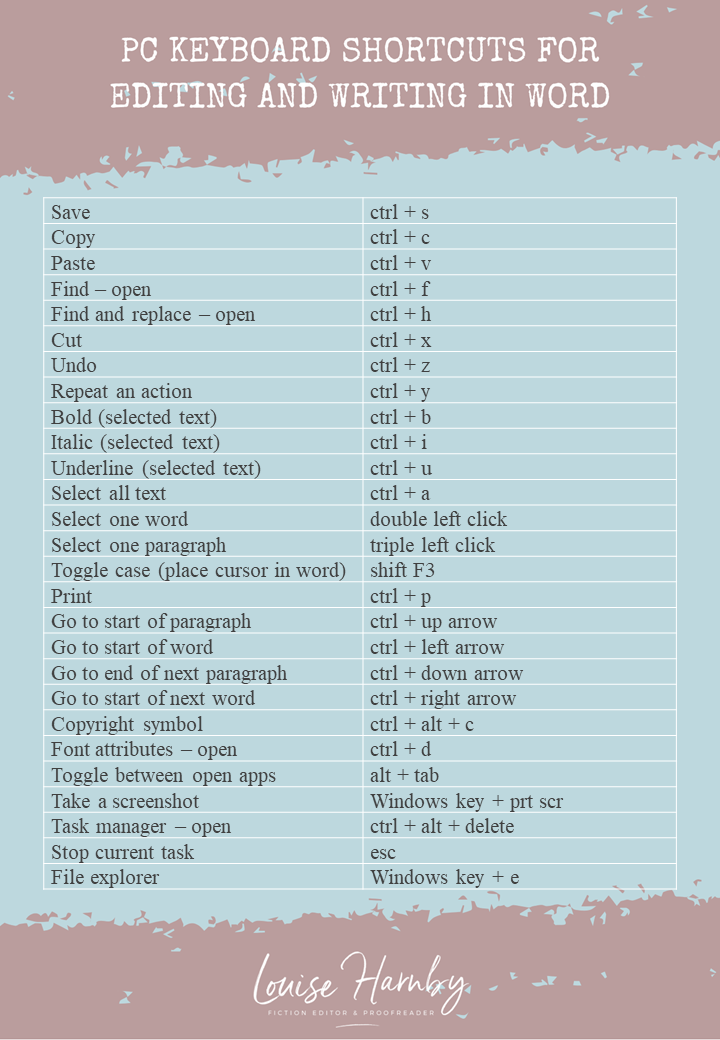













 RSS Feed
RSS Feed





